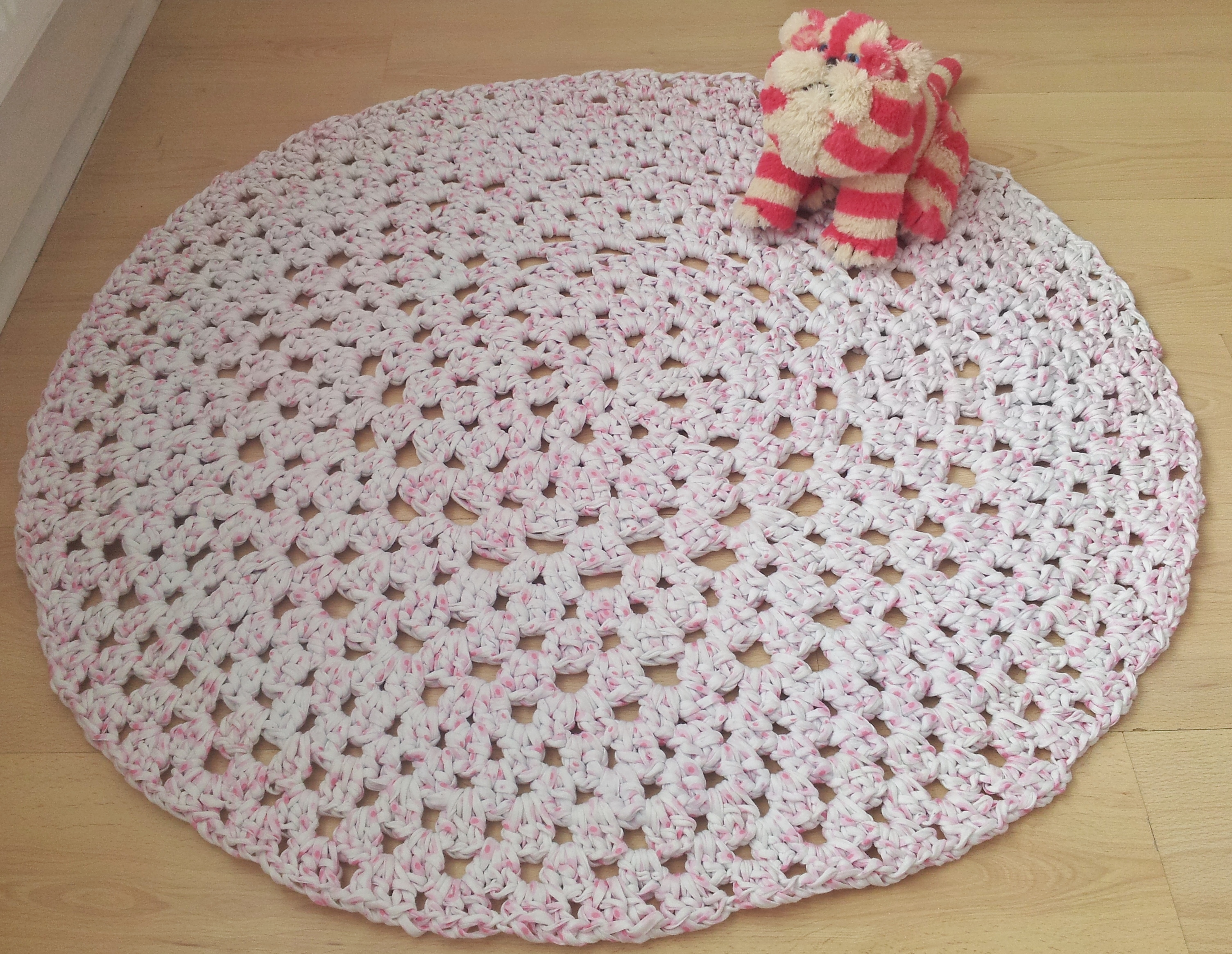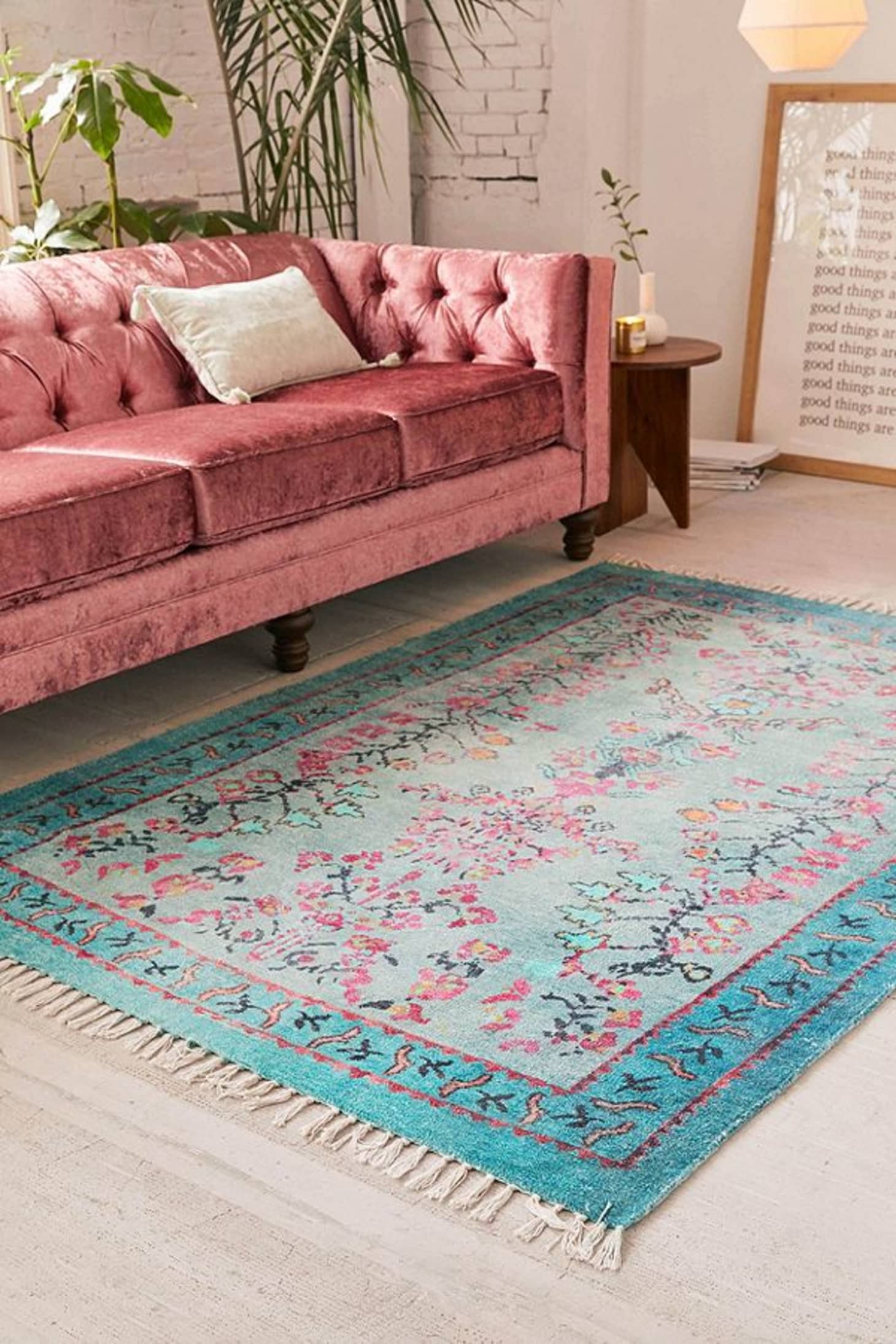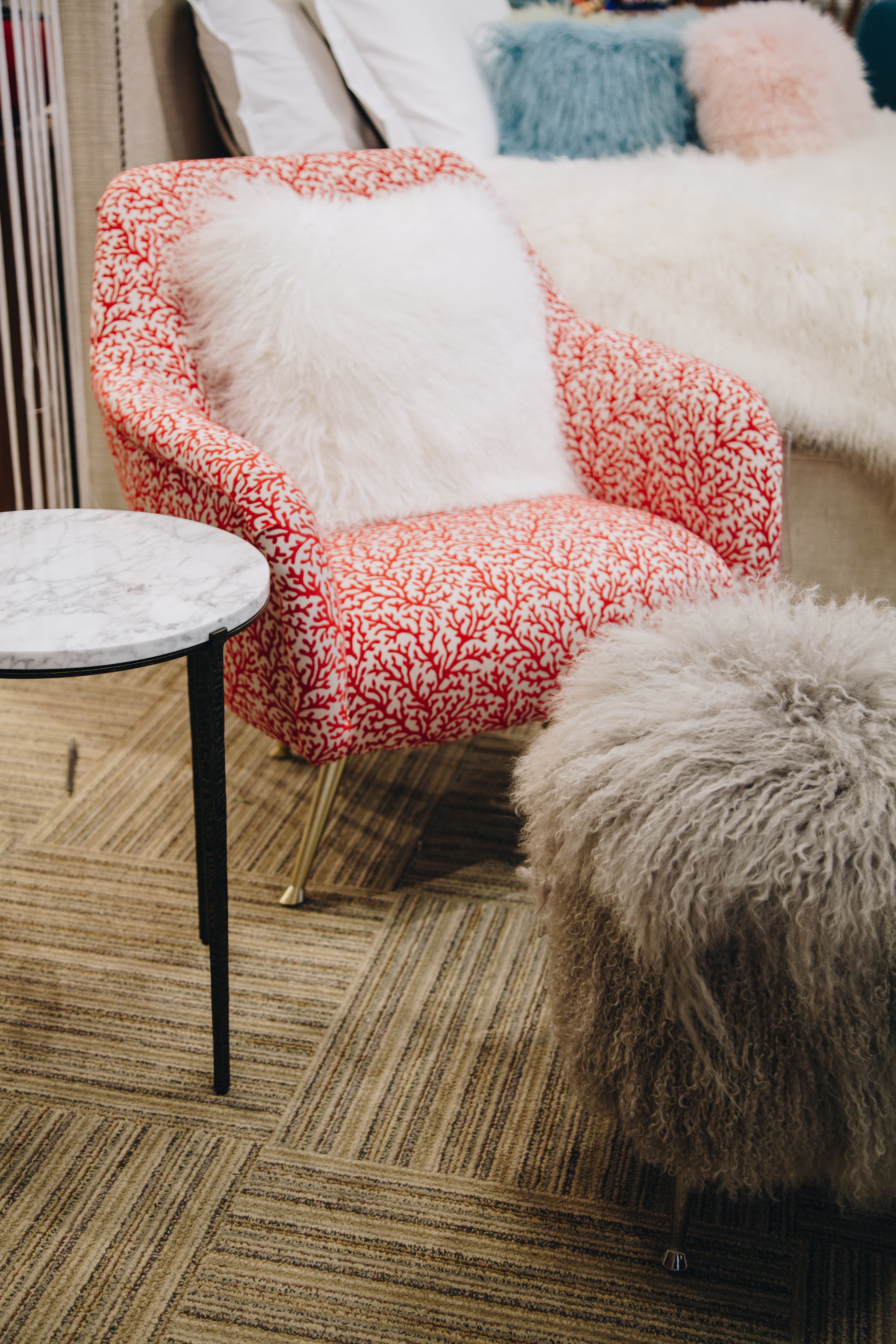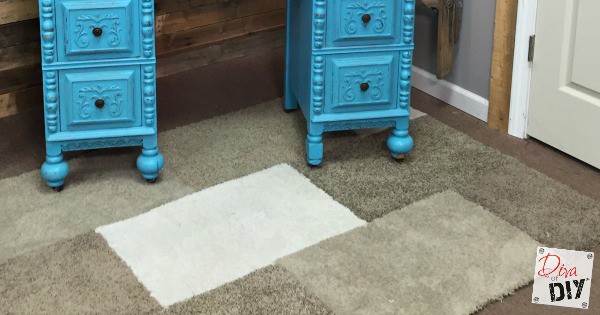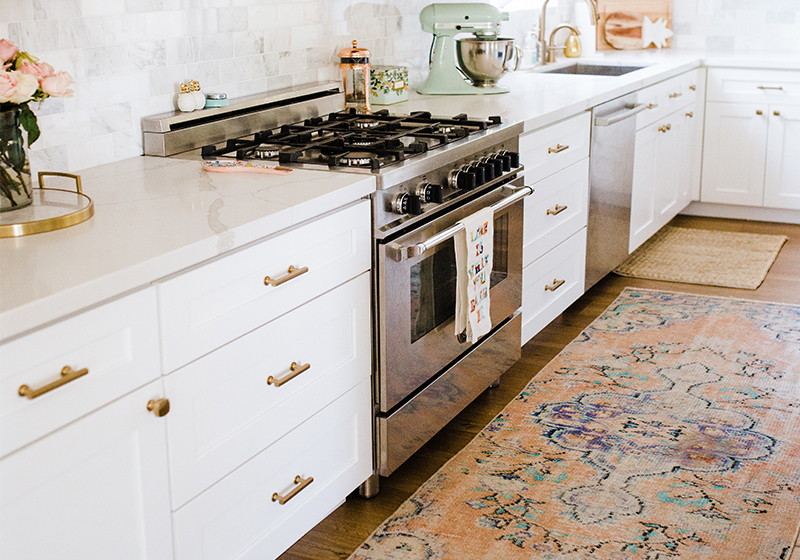Choosing the right size rug for your dining room is essential for creating a cohesive and visually appealing space. A rug that is too small will make the room feel unbalanced, while a rug that is too large can overwhelm the space. Dining room rugs should be large enough to accommodate both the table and chairs, with at least 24 inches of extra space on all sides for pulling out chairs. Measure your dining room and consider the size of your dining table before selecting a rug. Rug Size
The material of your dining room rug is another crucial factor to consider. Choose a durable and easy-to-clean material, as dining rooms are high-traffic areas where spills and stains are bound to happen. Wool, cotton, and synthetic materials like polypropylene are all good options for dining room rugs. Natural fibers like jute and sisal are also popular choices, but they may not be as stain-resistant as synthetic materials. Rug Material
The placement of your dining room rug can greatly impact the overall look and feel of the space. The rug should be centered under the dining table and extend beyond the edges of the table by at least 24 inches. This will help to visually define the dining area and create a cohesive look. If your dining room is open to other areas, make sure the rug is also centered in relation to the entire space. Rug Placement
Regular maintenance is key to keeping your dining room rug looking its best. Vacuum your rug regularly to remove dirt and debris, and spot clean any spills immediately to prevent stains from setting in. If your rug is made of a natural material, be sure to follow the manufacturer's instructions for cleaning and maintenance. Rug Maintenance
The style of your rug should complement the overall style of your dining room. If you have a traditional dining room, a more ornate rug with intricate patterns and designs would be a good choice. For a more modern or minimalist dining room, a simpler and more geometric rug would be a better fit. Consider the style of your furniture and other decor elements when choosing a rug. Rug Style
The color of your dining room rug can greatly impact the mood and atmosphere of the space. Choose a color that complements your dining room's color scheme and adds visual interest to the room. For a bold and dramatic look, opt for a rug in a vibrant color. If you prefer a more subtle and calming vibe, a neutral or muted color would be a better choice. Rug Color
While rectangular rugs are the most common choice for dining rooms, consider experimenting with different shapes like round, square, or oval. A round rug can soften the sharp lines of a rectangular dining table, while a square rug can add a unique touch to the space. Just make sure the shape of your rug complements the shape of your dining table. Rug Shape
Rug texture is another important factor to consider when selecting a dining room rug. A rug with a higher pile or shag texture can add warmth and coziness to the space, while a flatweave or low-pile rug can create a more modern and sleek look. Consider the overall vibe you want to create in your dining room when choosing a rug texture. Rug Texture
The pattern of your dining room rug can add a sense of personality and character to the space. If your dining room is fairly neutral, a rug with a bold and eye-catching pattern can be a great statement piece. On the other hand, if your dining room is already filled with patterns and textures, a more subtle and simple rug pattern would be a better choice. Rug Pattern
Last but not least, your budget is an important factor to consider when buying a dining room rug. While it's tempting to splurge on a beautiful rug, make sure it fits within your budget and won't cause financial strain. Keep in mind that a good quality rug is an investment and will last for many years with proper care. Rug Budget
Why Rugs are Essential for a Stylish Dining Room
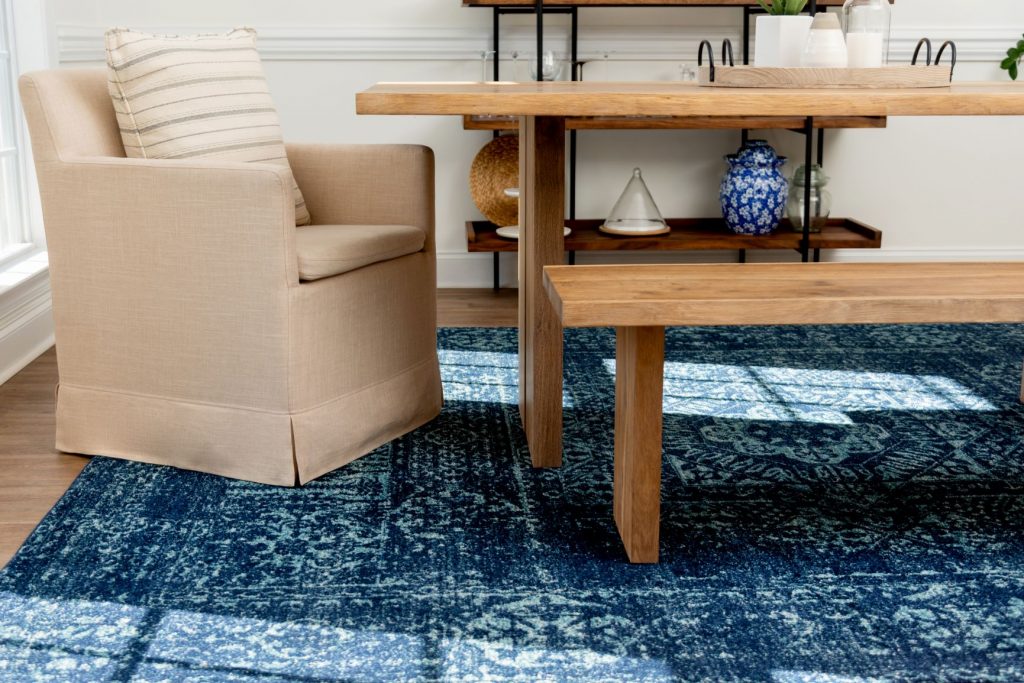
Create a Cozy Atmosphere
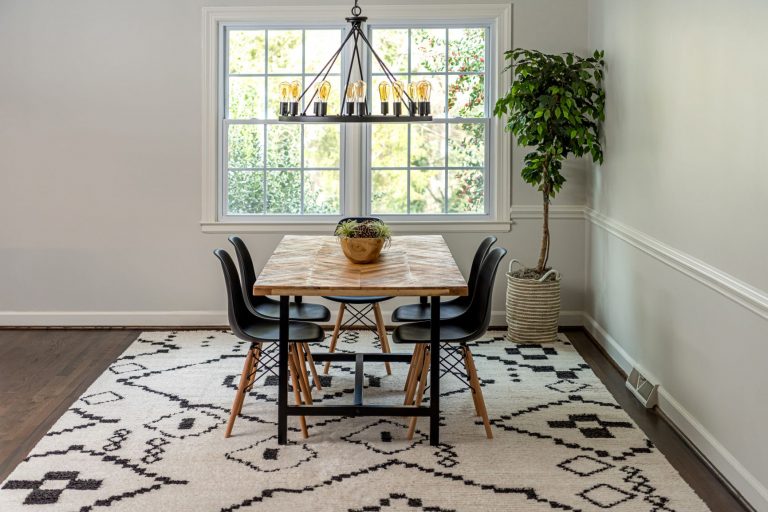 One of the main reasons why rugs are essential for a stylish dining room is because they help create a cozy atmosphere.
Dining rooms are often the heart of a home, where family and friends gather to share meals and make memories. A rug can add warmth and comfort to this space, making it more inviting and comfortable for everyone.
Choose a rug with a soft texture and plush pile to create a cozy and welcoming ambiance in your dining room.
One of the main reasons why rugs are essential for a stylish dining room is because they help create a cozy atmosphere.
Dining rooms are often the heart of a home, where family and friends gather to share meals and make memories. A rug can add warmth and comfort to this space, making it more inviting and comfortable for everyone.
Choose a rug with a soft texture and plush pile to create a cozy and welcoming ambiance in your dining room.
Add Visual Interest
/choose-dining-room-rug-1391112-hero-4206622634654a6287cc0aff928c1fa1.jpg) Rugs are also a great way to add visual interest to your dining room.
They can serve as a focal point and tie the room's design elements together.
Consider choosing a rug with a bold pattern or vibrant color to make a statement in your dining room. Alternatively, if your dining room has a neutral color palette, a rug with a pop of color can add a fun and stylish touch.
Rugs are also a great way to add visual interest to your dining room.
They can serve as a focal point and tie the room's design elements together.
Consider choosing a rug with a bold pattern or vibrant color to make a statement in your dining room. Alternatively, if your dining room has a neutral color palette, a rug with a pop of color can add a fun and stylish touch.
Protect Your Floors
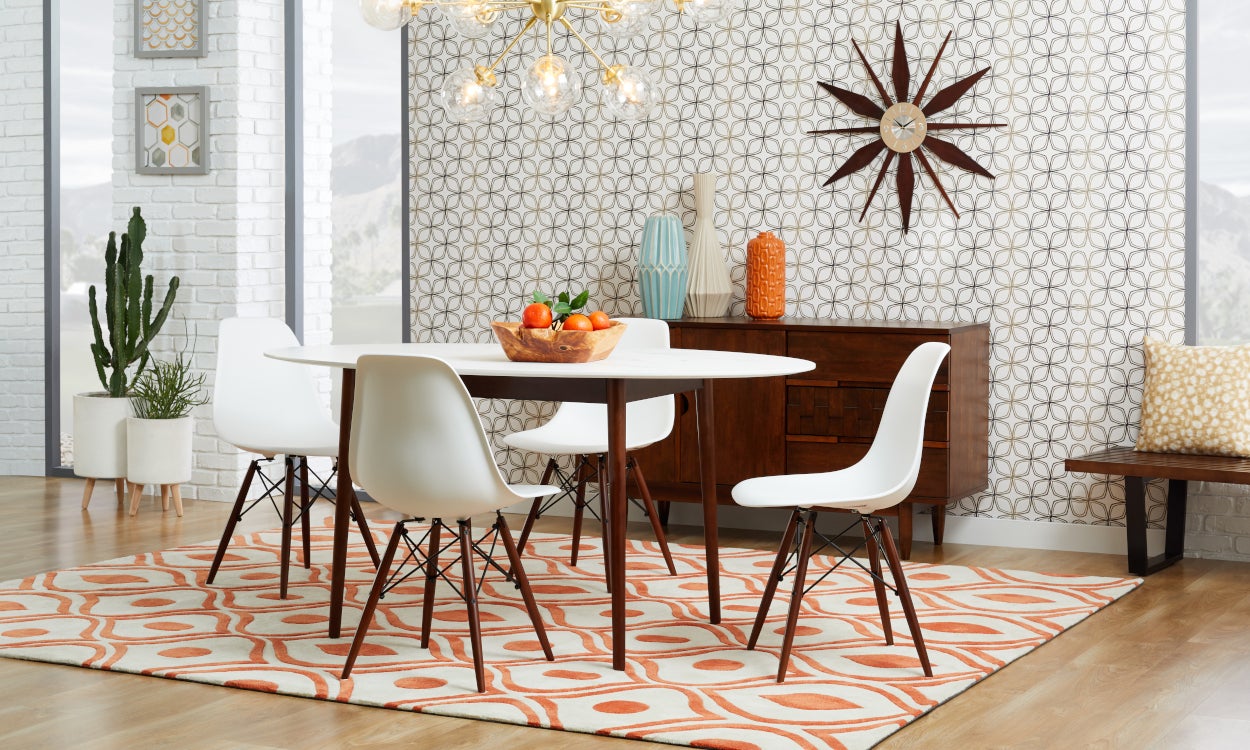 Another important function of rugs in the dining room is to protect your floors.
Dining chairs can easily scratch or damage hardwood floors, but a rug can act as a barrier and prevent this from happening.
This is especially important if you have young children who may be prone to spills and accidents. A rug can also help protect your floors from wear and tear and extend their lifespan.
Another important function of rugs in the dining room is to protect your floors.
Dining chairs can easily scratch or damage hardwood floors, but a rug can act as a barrier and prevent this from happening.
This is especially important if you have young children who may be prone to spills and accidents. A rug can also help protect your floors from wear and tear and extend their lifespan.
Choose the Right Size
 When it comes to selecting a rug for your dining room, size is key.
Make sure the rug is large enough to fit under the dining table and chairs, with enough room for them to be pulled out without falling off the rug.
A good rule of thumb is to have at least 24 inches of rug on each side of the table. This will not only ensure that your dining room looks proportionate and well-designed, but it will also prevent accidents and tripping hazards.
When it comes to selecting a rug for your dining room, size is key.
Make sure the rug is large enough to fit under the dining table and chairs, with enough room for them to be pulled out without falling off the rug.
A good rule of thumb is to have at least 24 inches of rug on each side of the table. This will not only ensure that your dining room looks proportionate and well-designed, but it will also prevent accidents and tripping hazards.
Consider the Material
 Lastly,
consider the material of the rug when choosing one for your dining room.
Since dining rooms are high-traffic areas, it's important to select a durable and easy-to-clean material.
Wool and cotton rugs are great options for dining rooms as they are both durable and stain-resistant.
Avoid using rugs with a high pile or shaggy texture, as they can be difficult to clean and maintain in a dining room setting.
In conclusion, rugs are an essential element in creating a stylish and functional dining room. They add warmth, visual interest, and protection to your space, and with the right size and material, can elevate the overall design of your dining room. So don't be afraid to add a rug to your dining room and enjoy the cozy and inviting atmosphere it brings.
Lastly,
consider the material of the rug when choosing one for your dining room.
Since dining rooms are high-traffic areas, it's important to select a durable and easy-to-clean material.
Wool and cotton rugs are great options for dining rooms as they are both durable and stain-resistant.
Avoid using rugs with a high pile or shaggy texture, as they can be difficult to clean and maintain in a dining room setting.
In conclusion, rugs are an essential element in creating a stylish and functional dining room. They add warmth, visual interest, and protection to your space, and with the right size and material, can elevate the overall design of your dining room. So don't be afraid to add a rug to your dining room and enjoy the cozy and inviting atmosphere it brings.
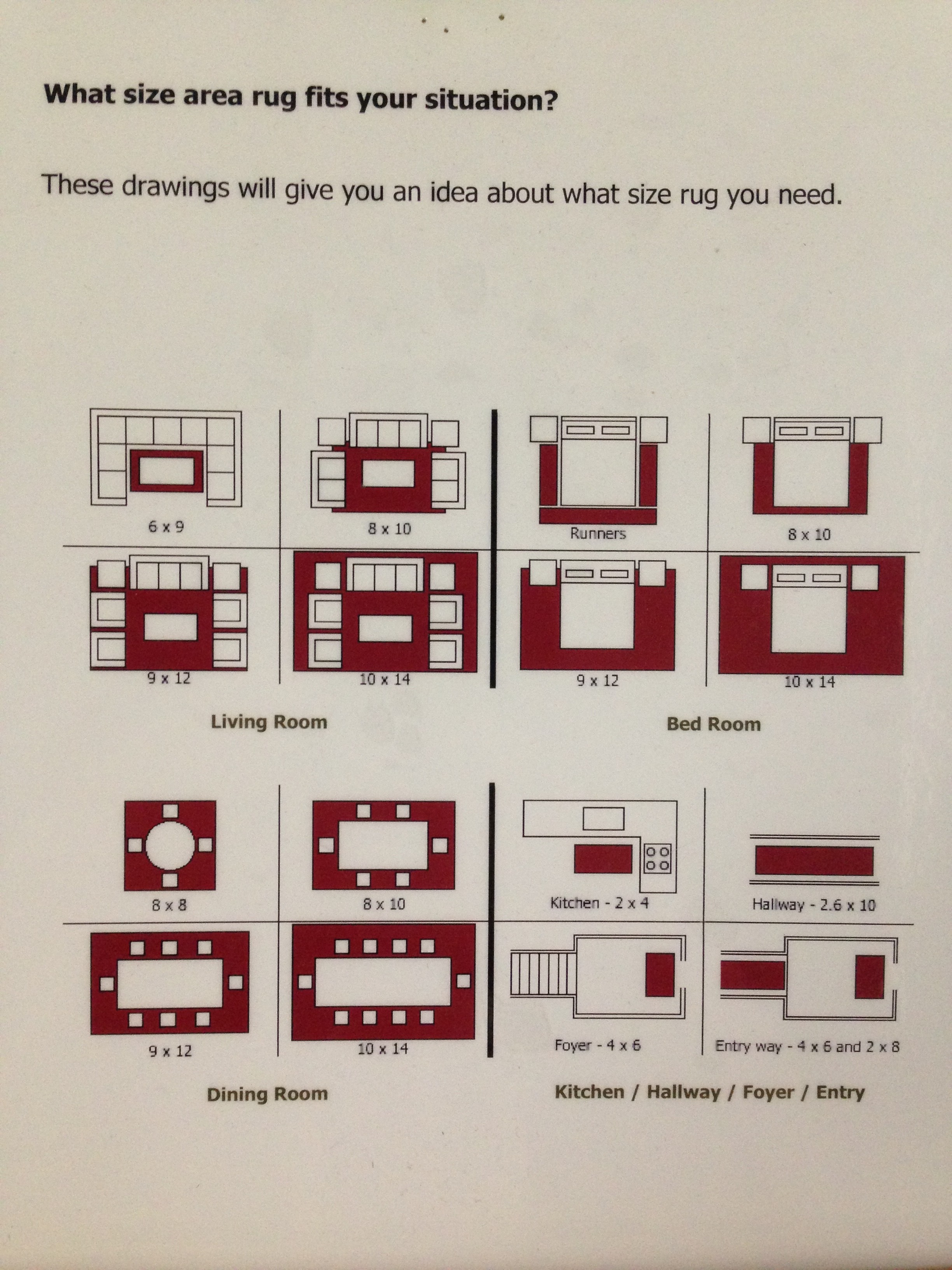


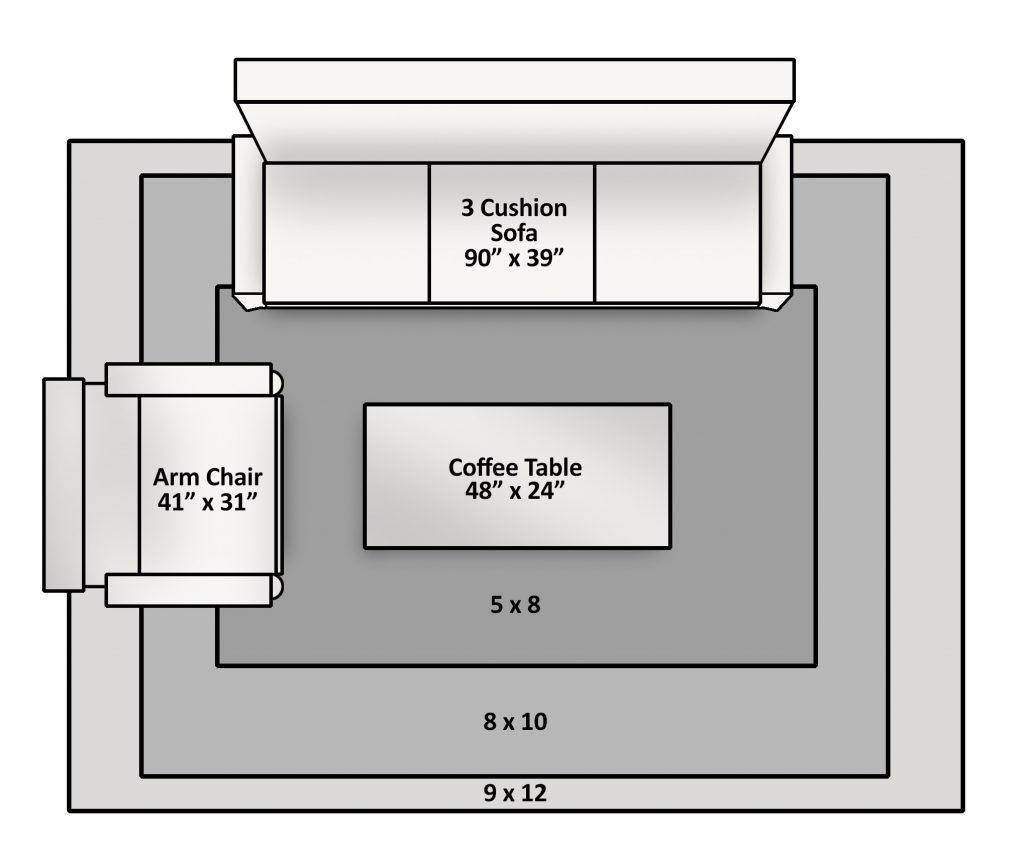


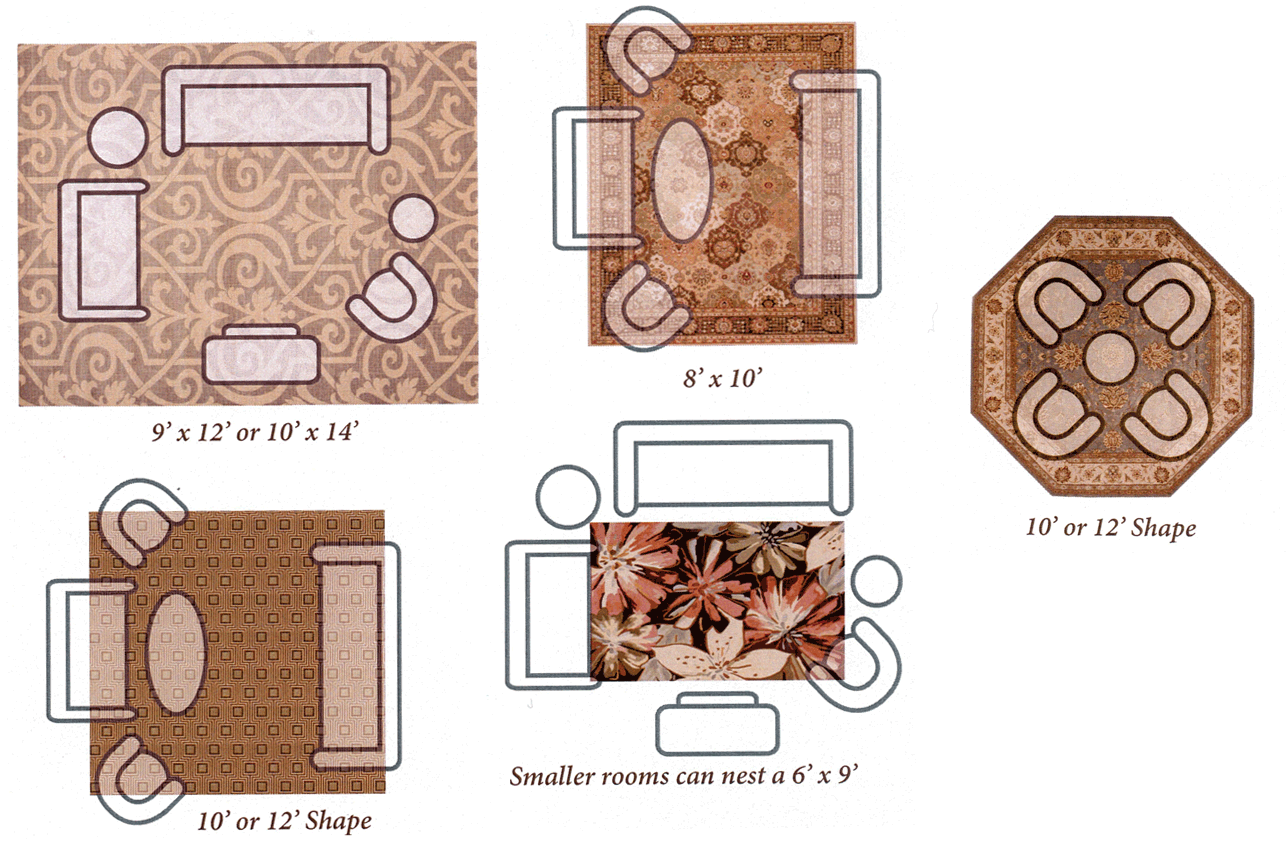


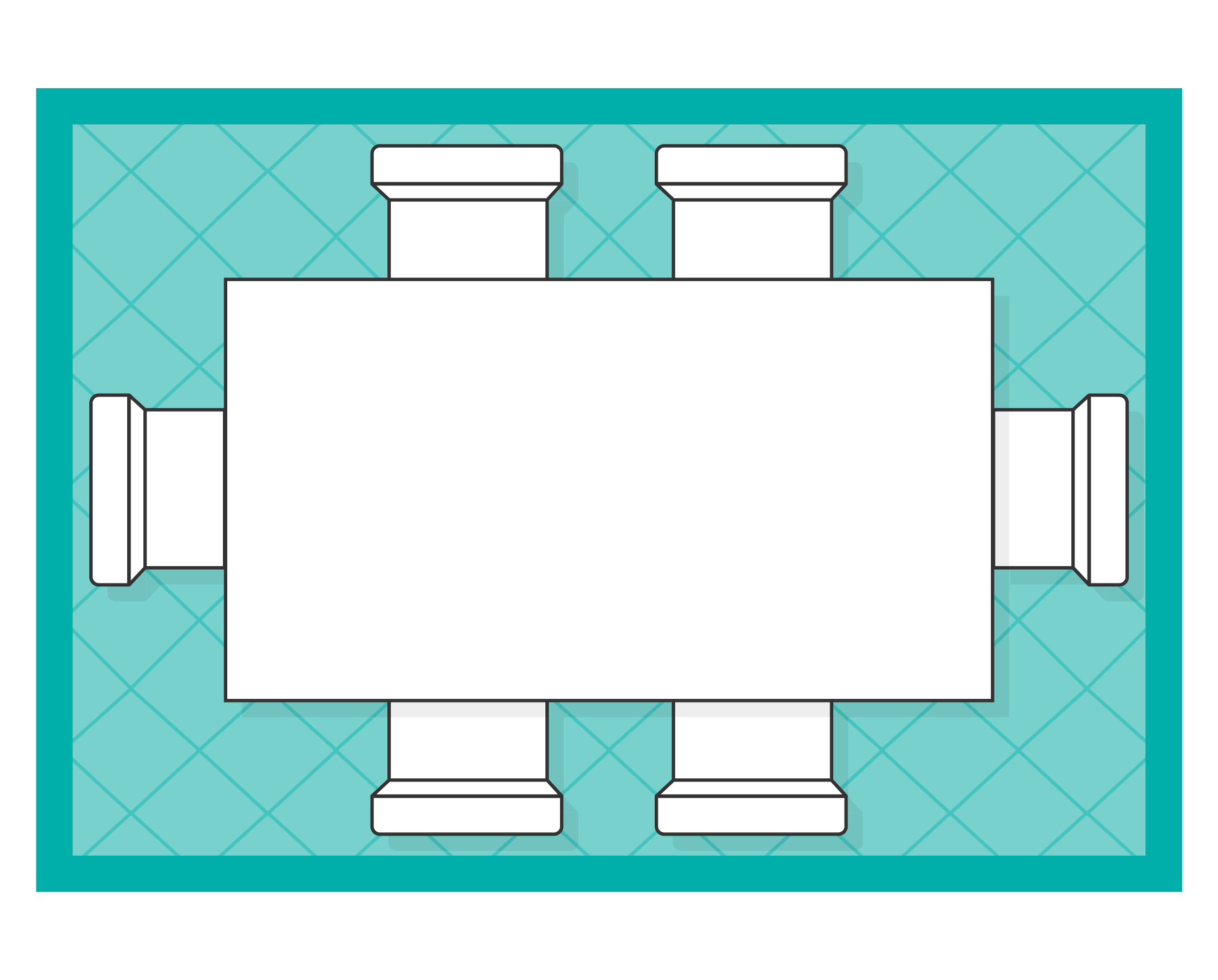




/samples-of-color-of-a-carpet-505106106-58758e045f9b584db373c6b4.jpg)

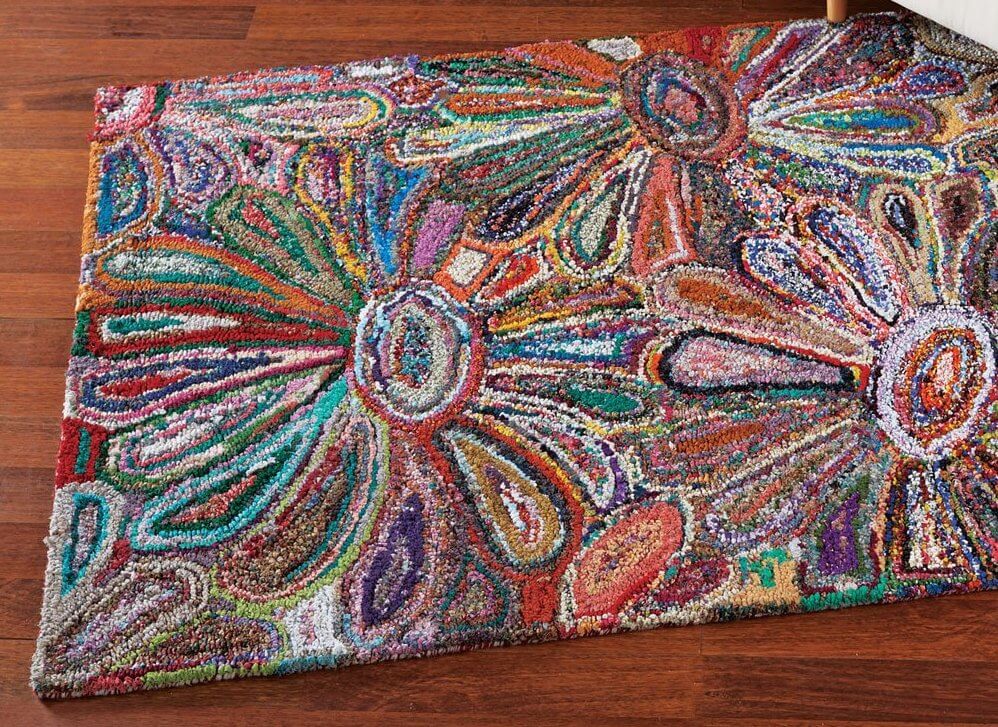

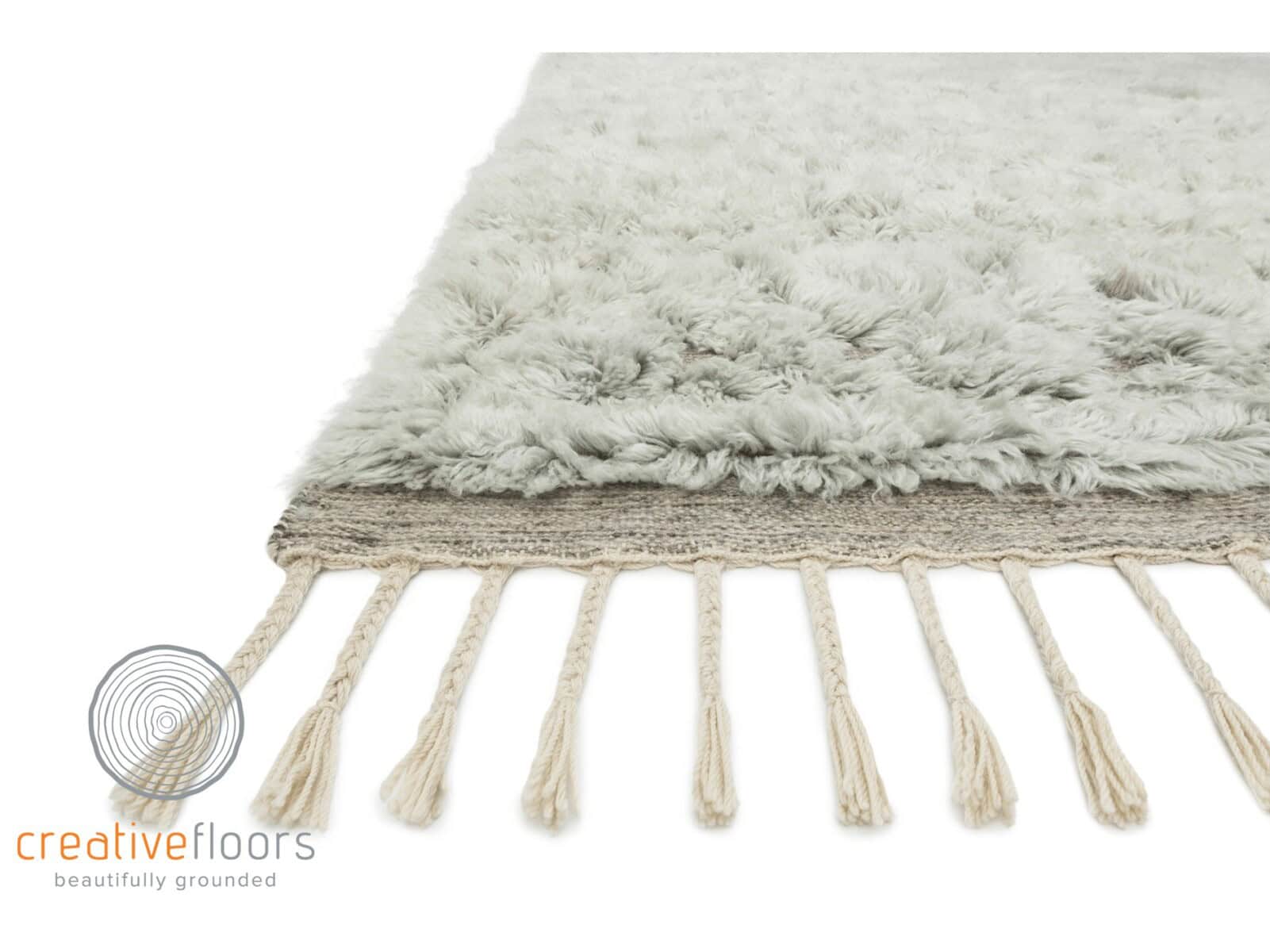





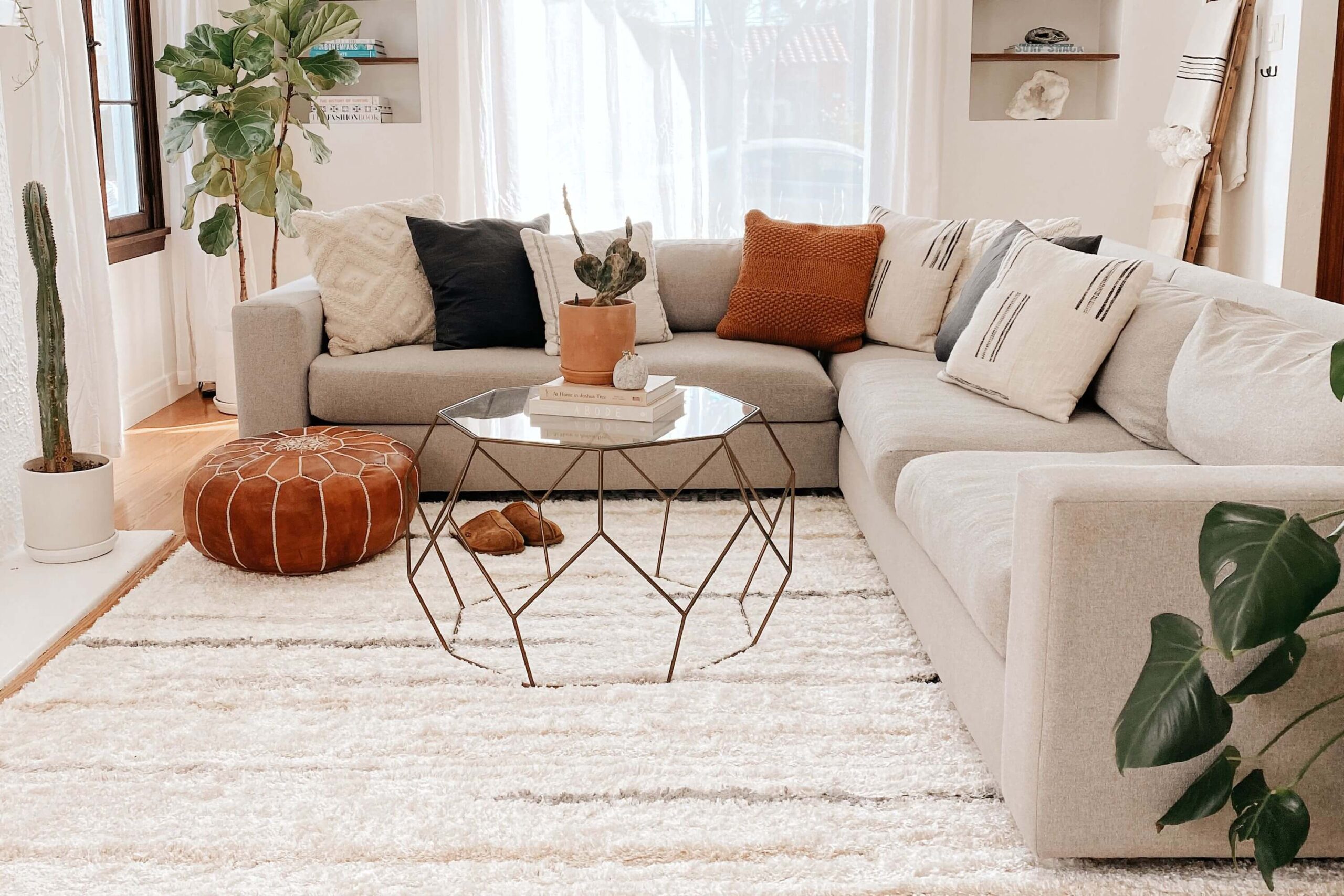

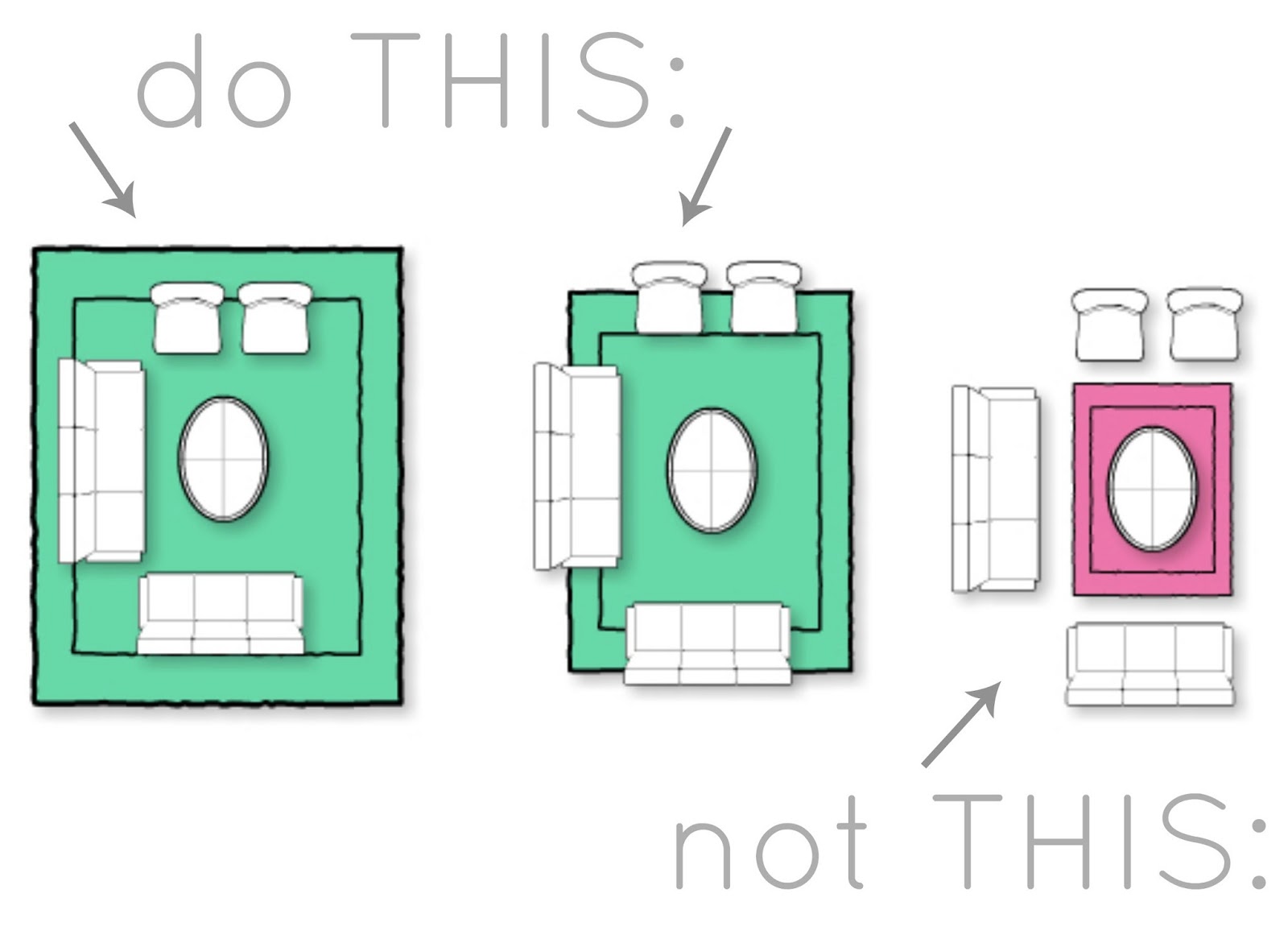
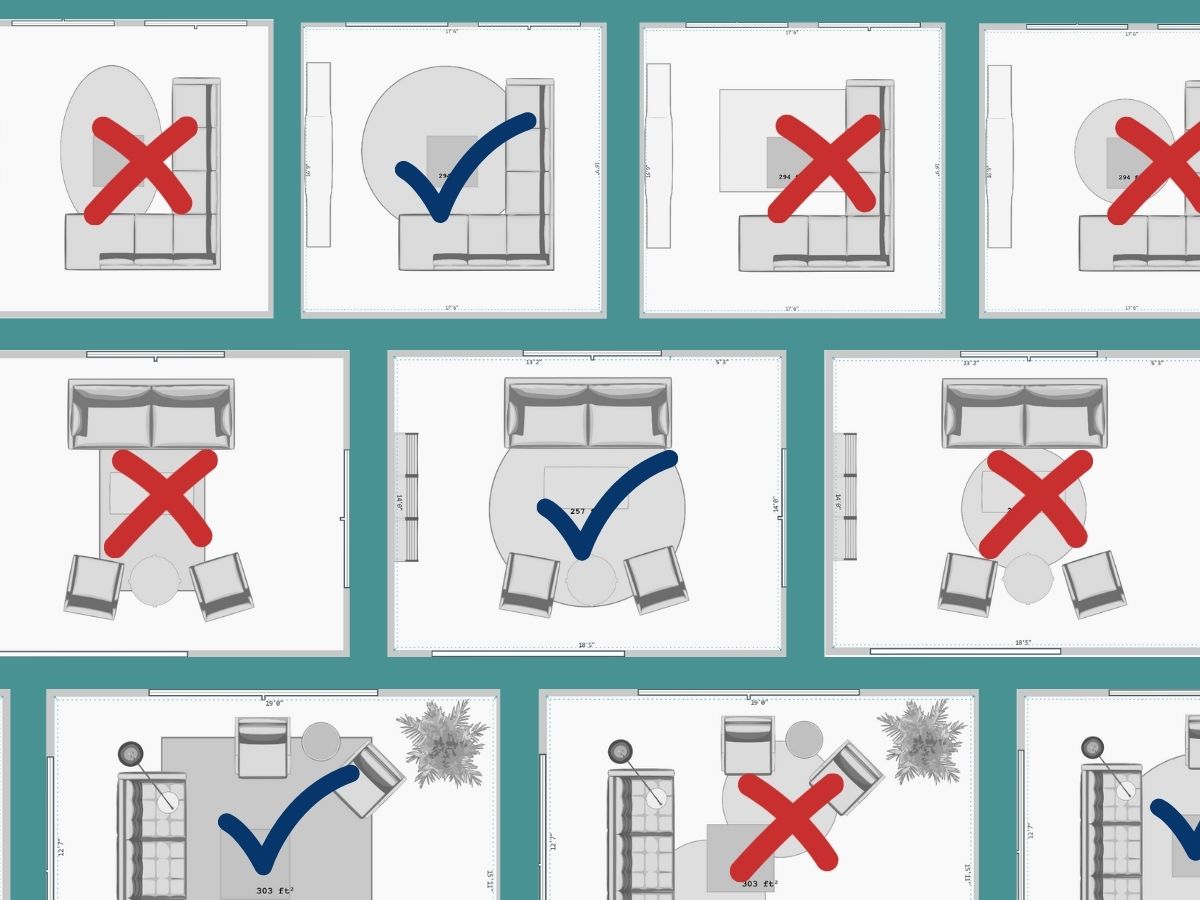



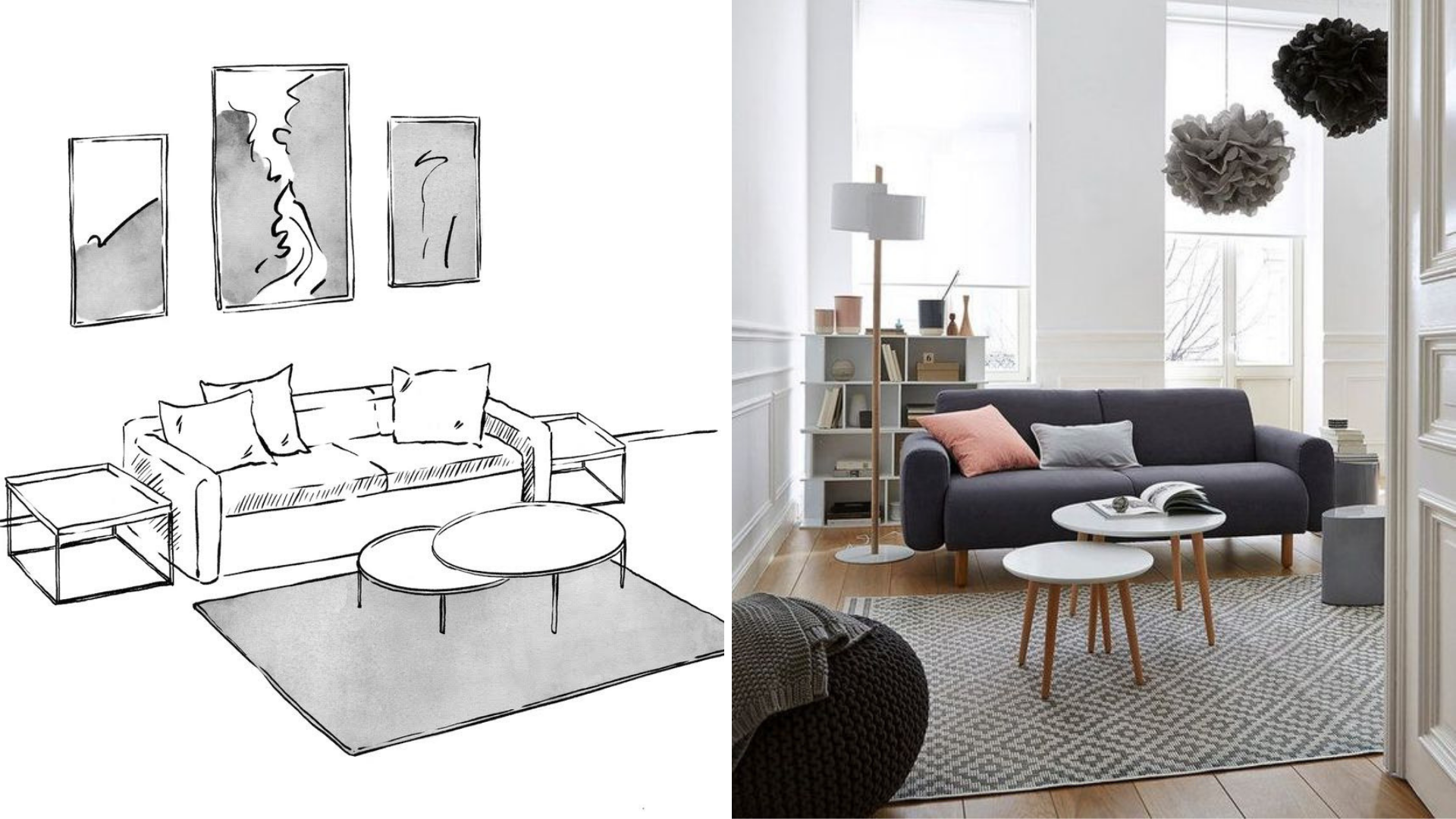
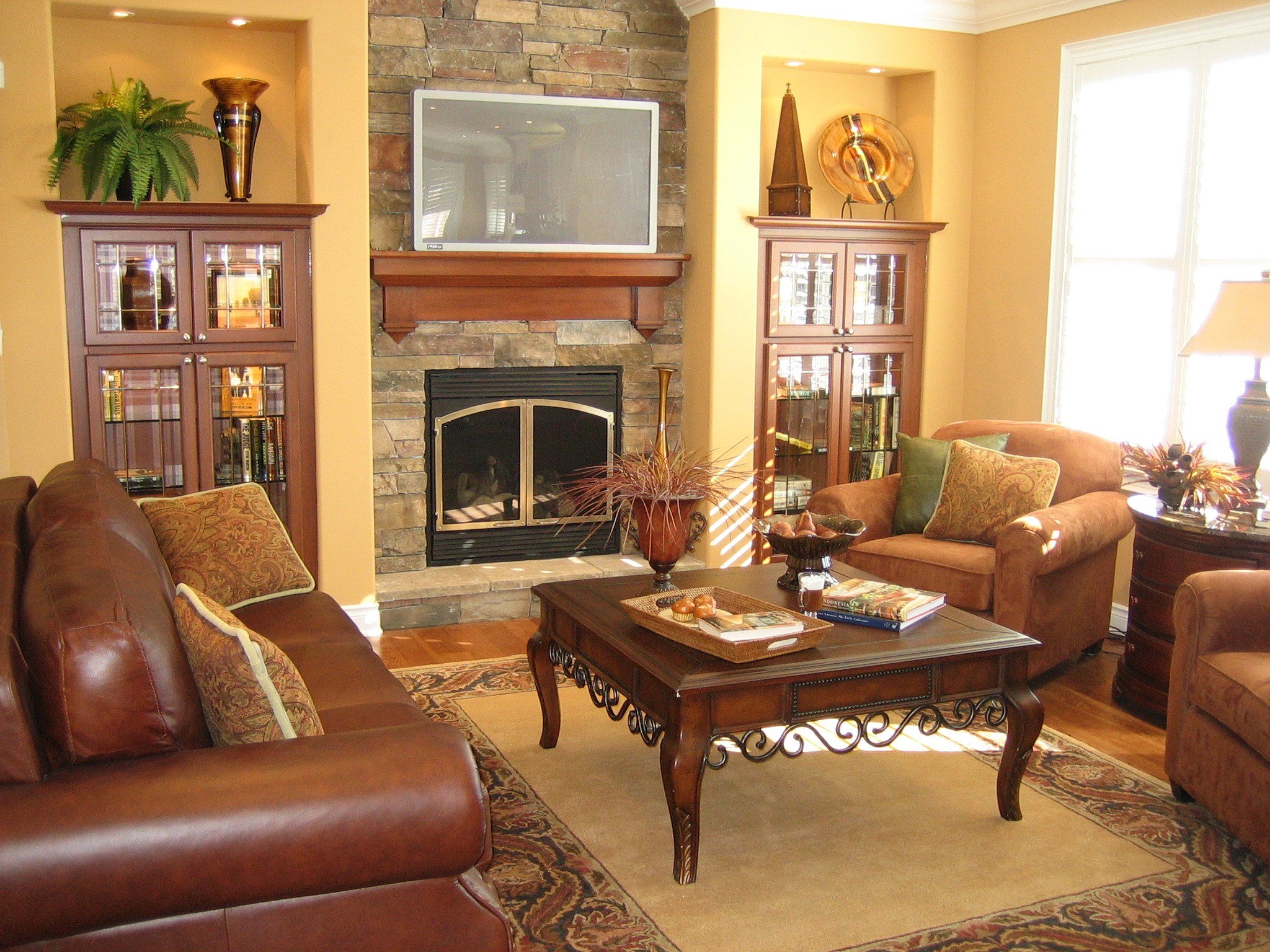



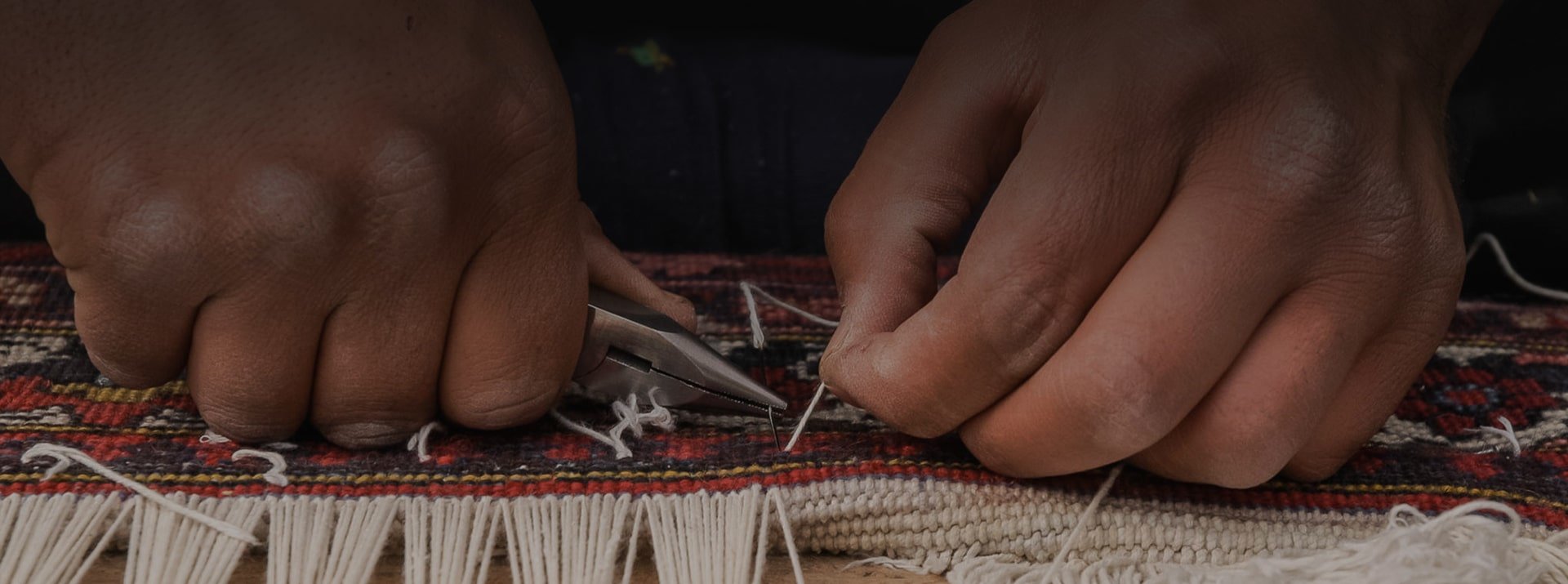





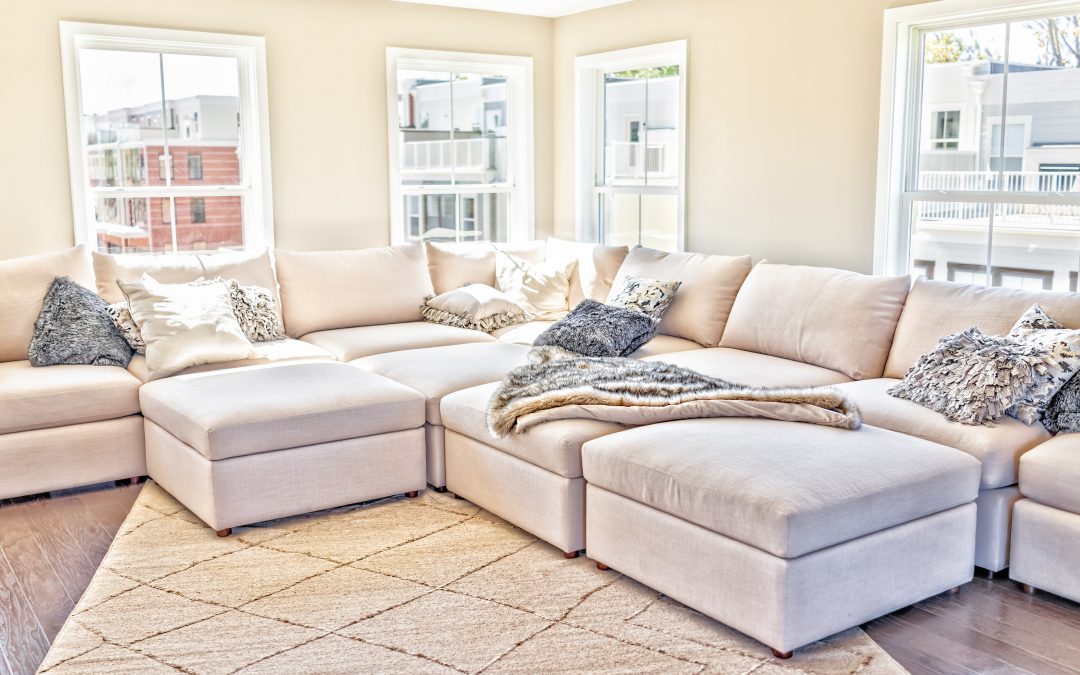






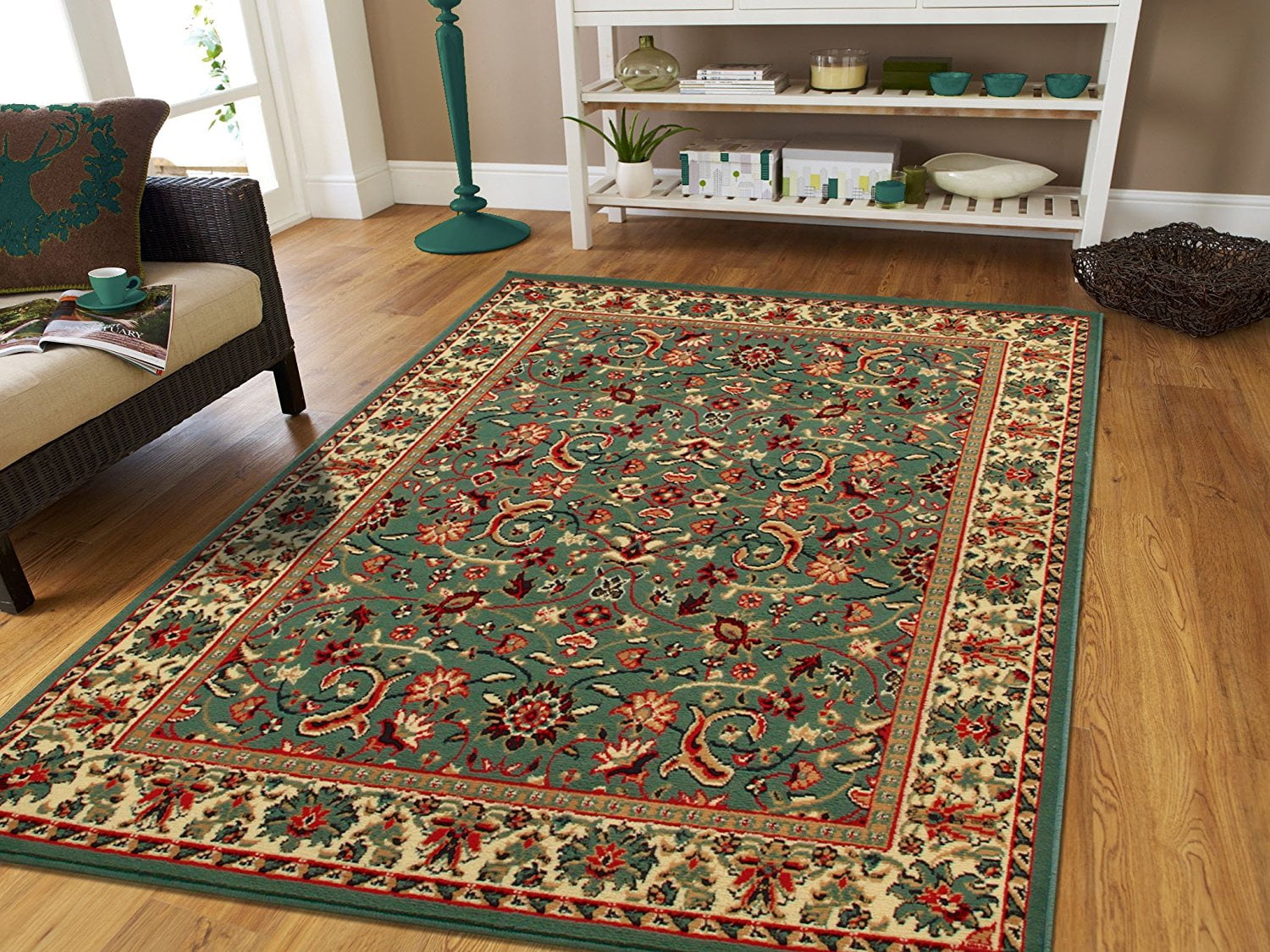
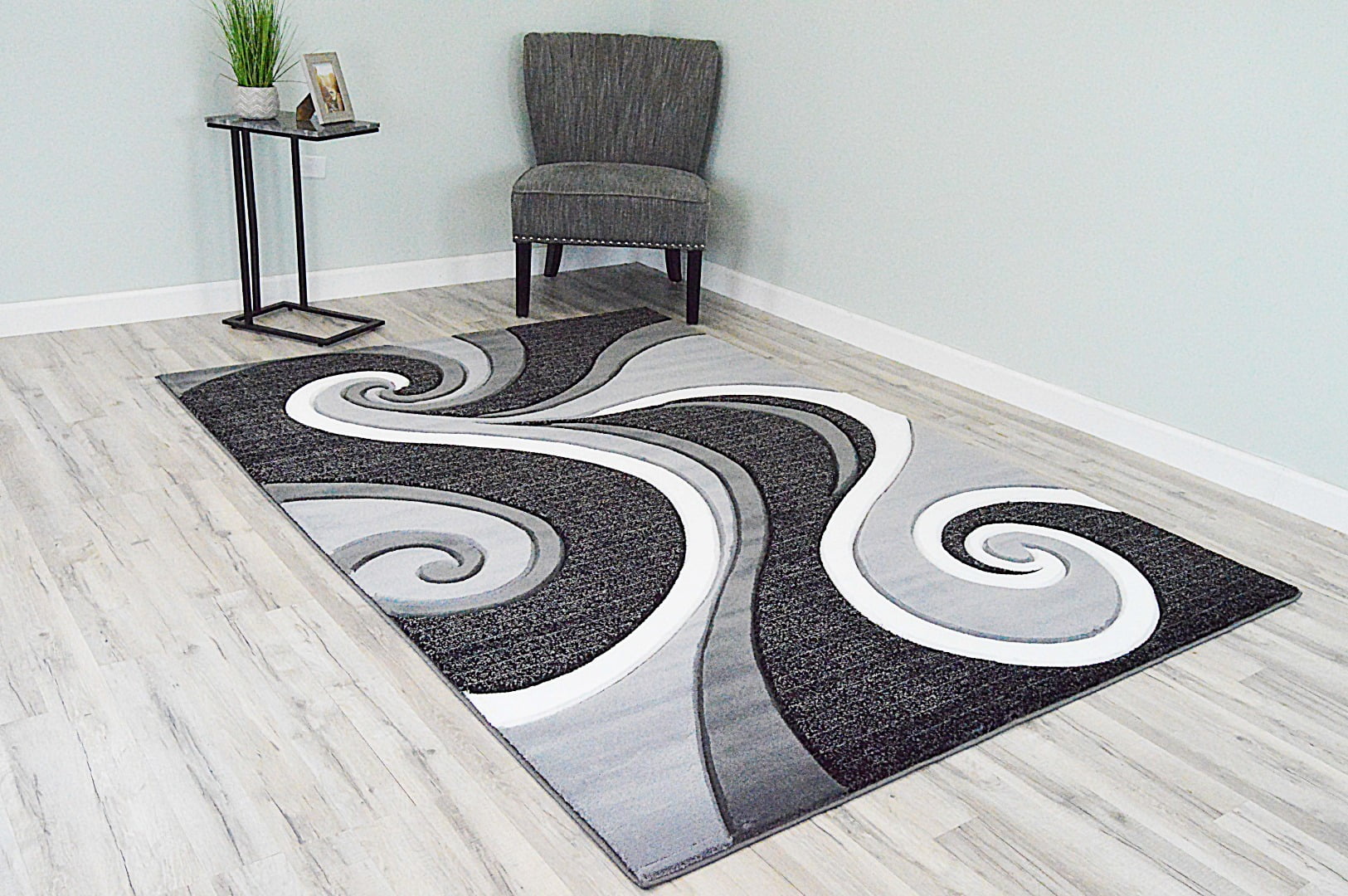
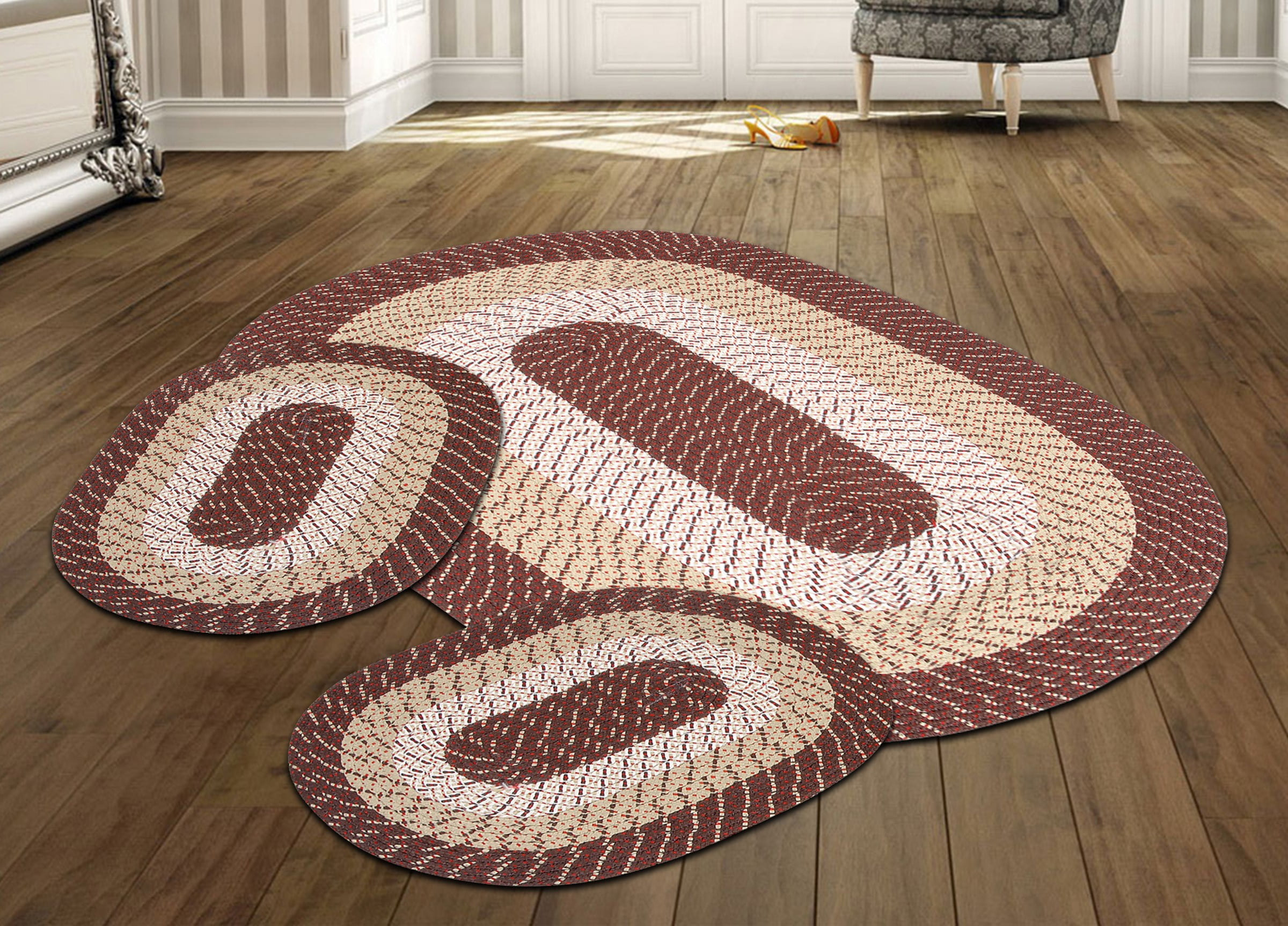



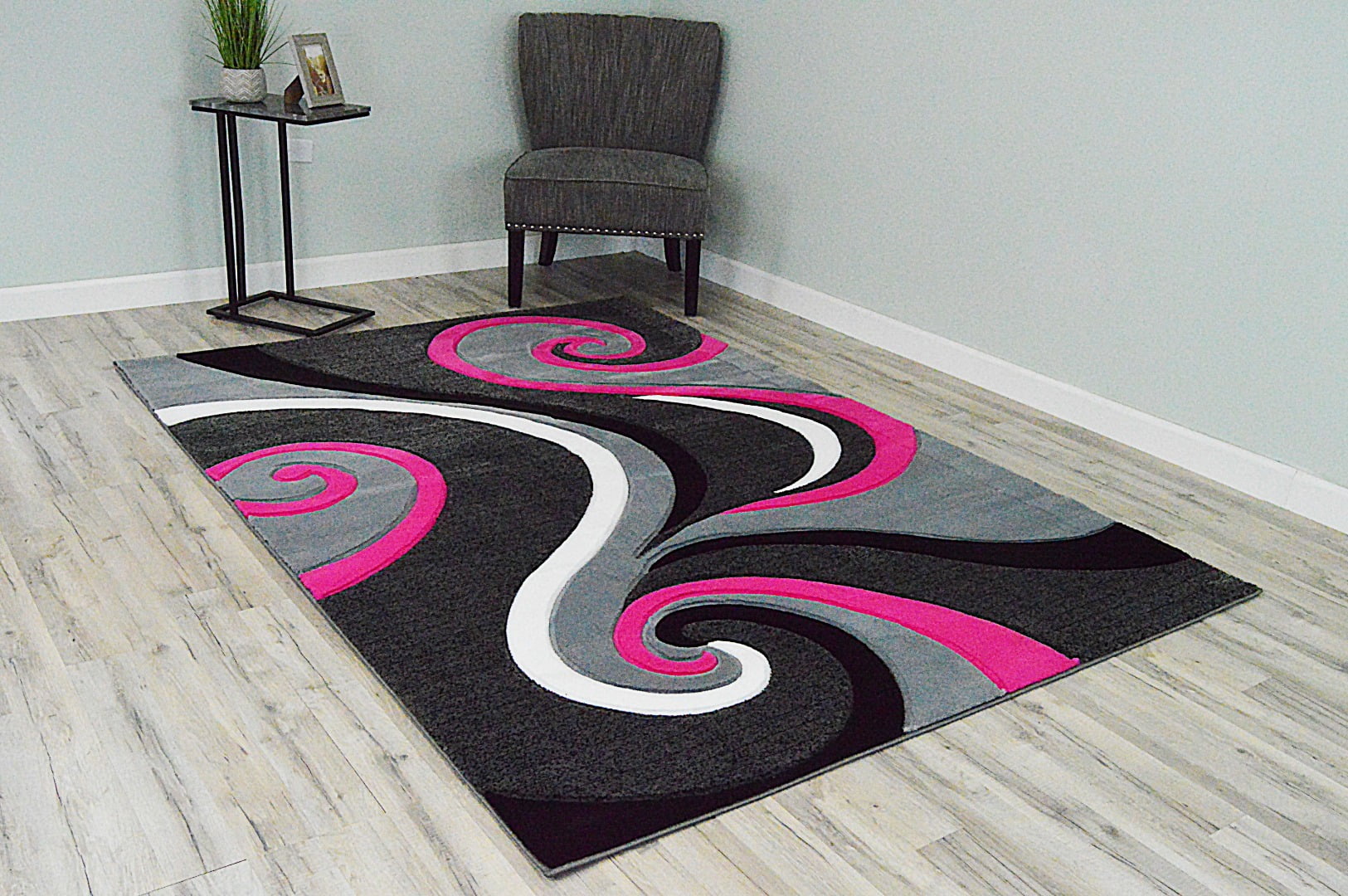
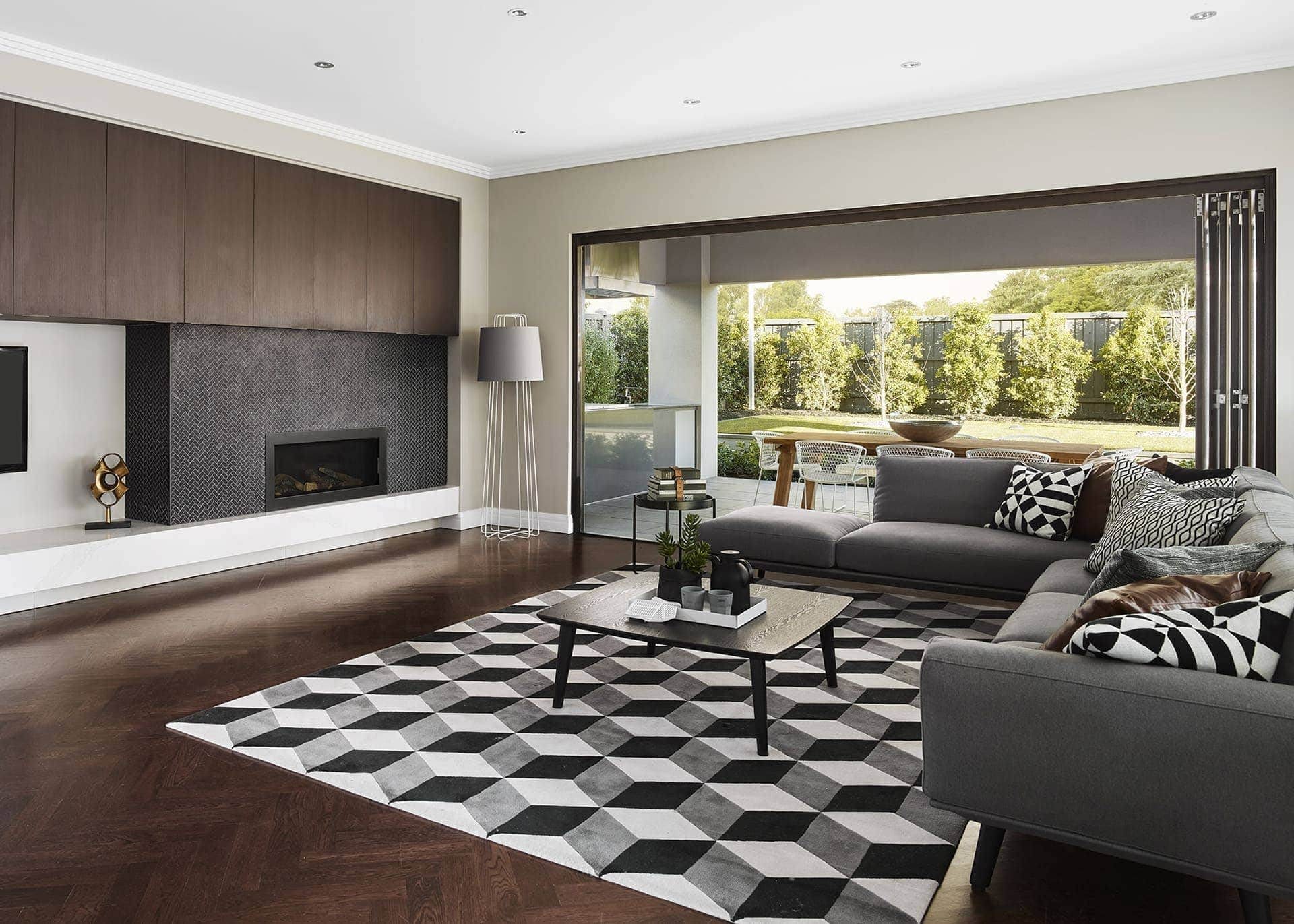



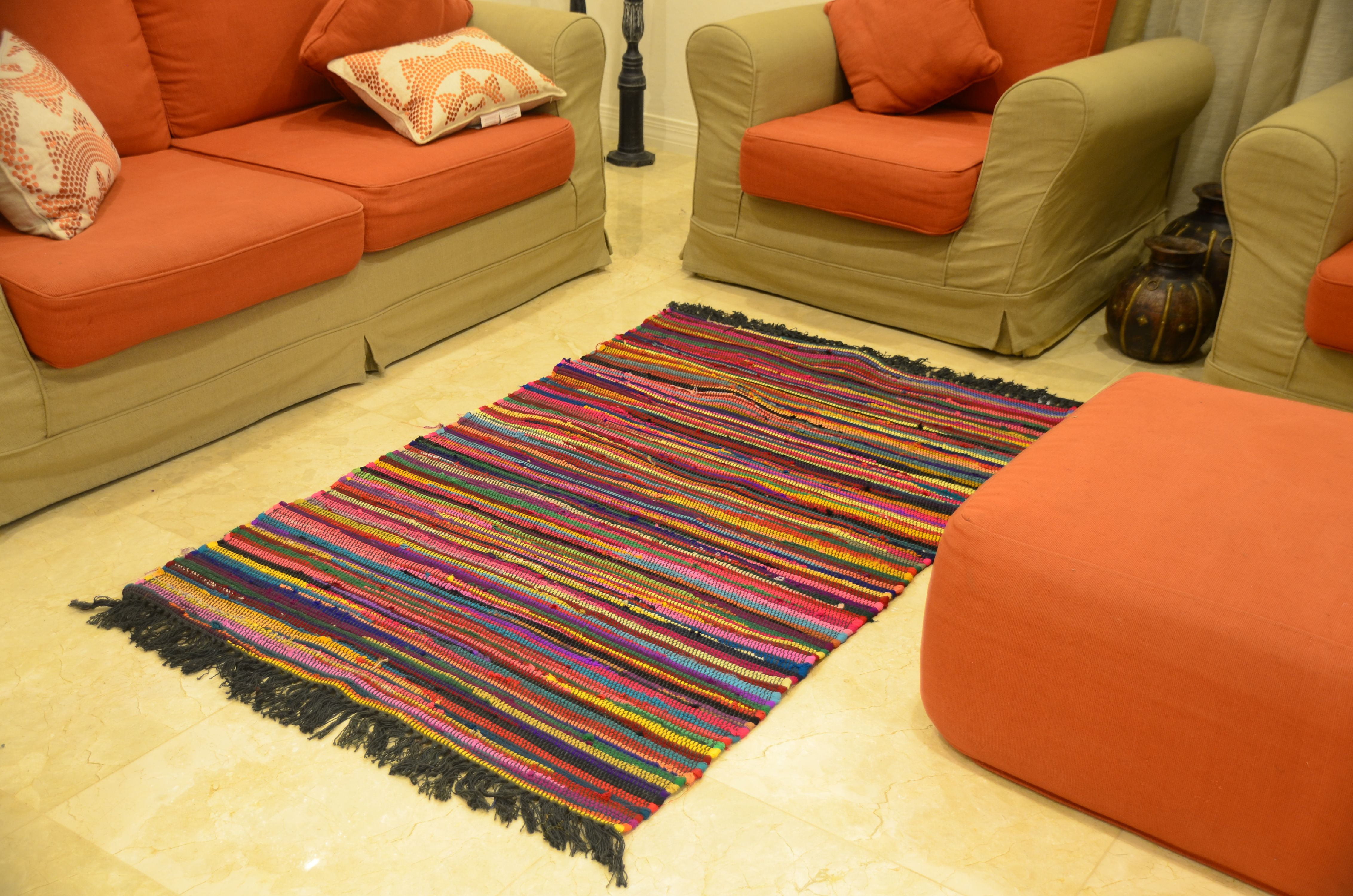


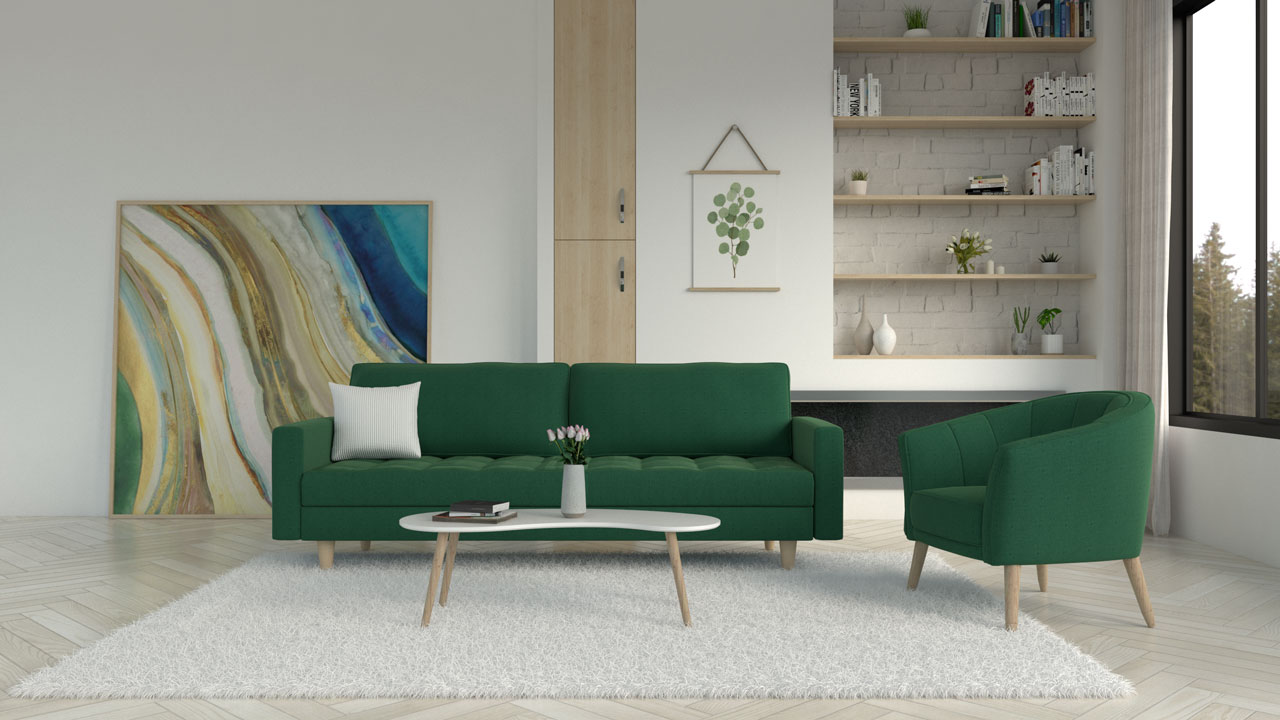

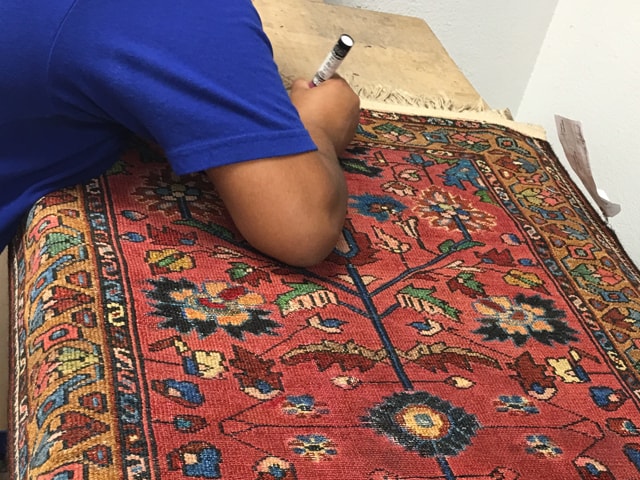
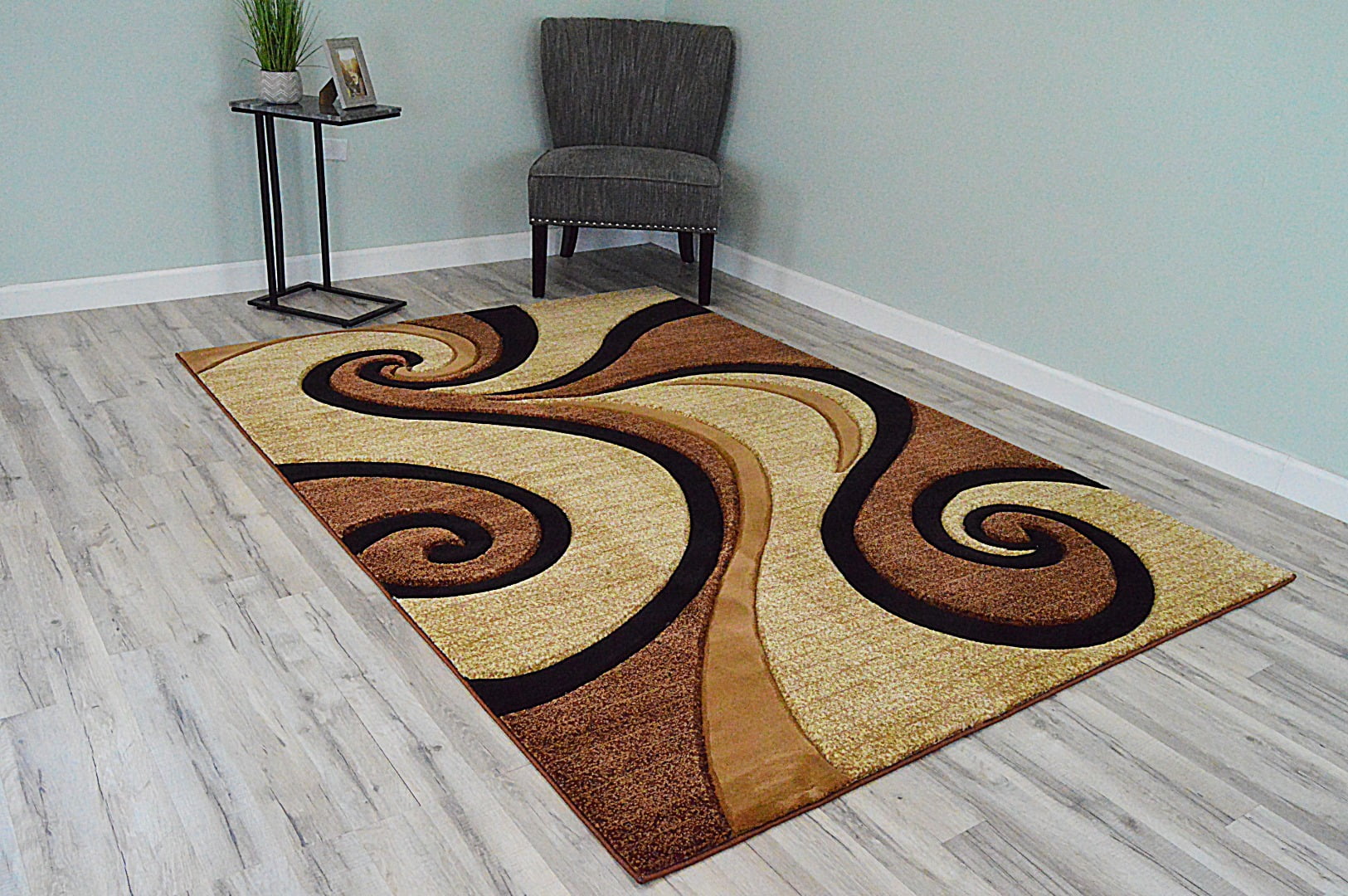







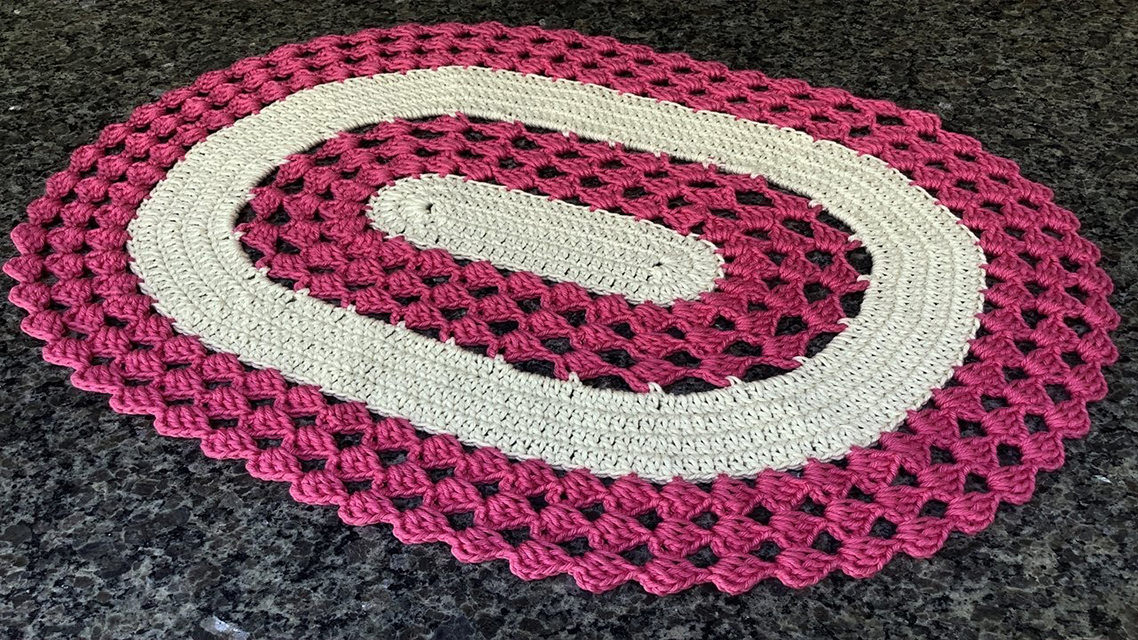
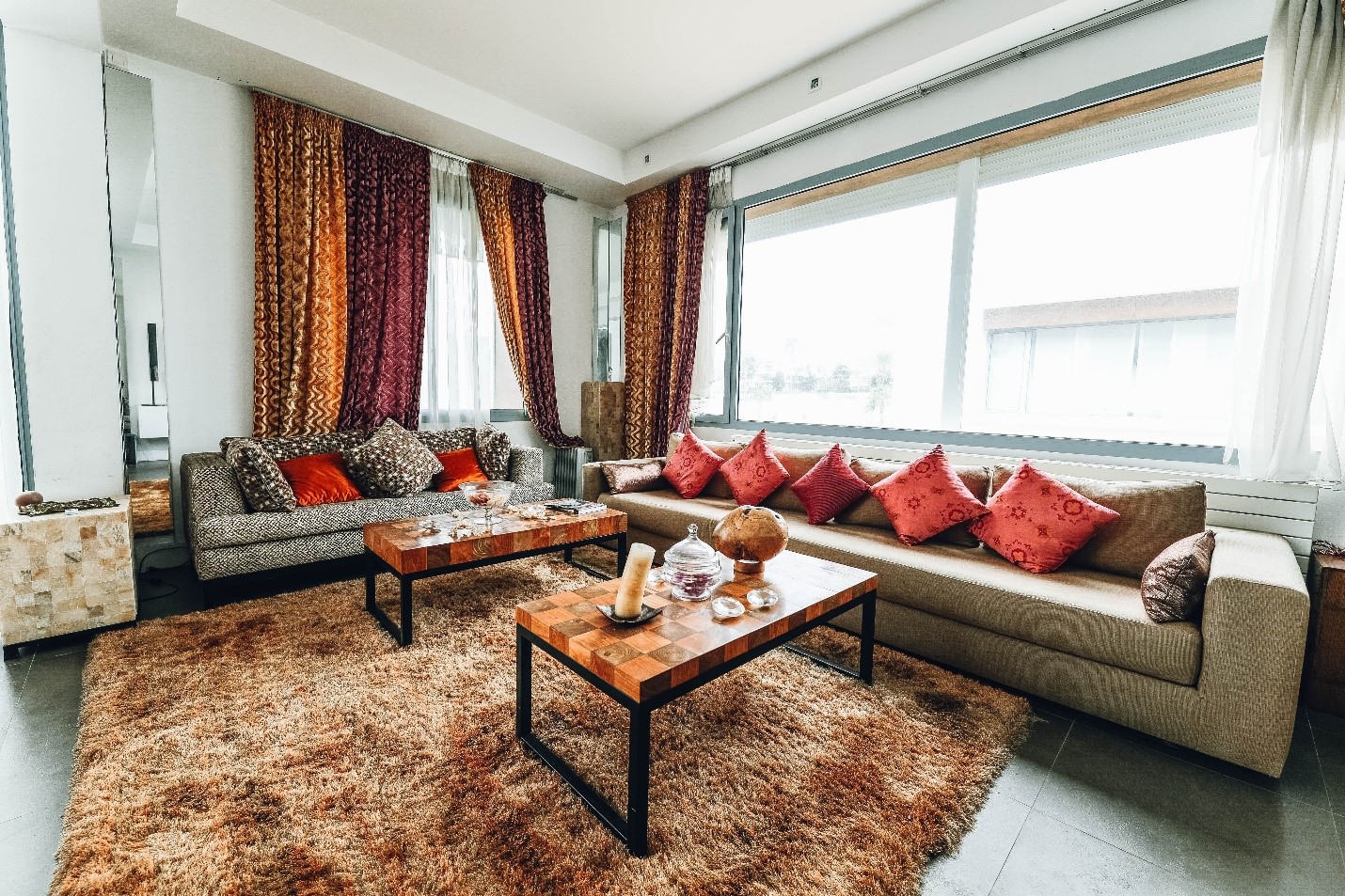

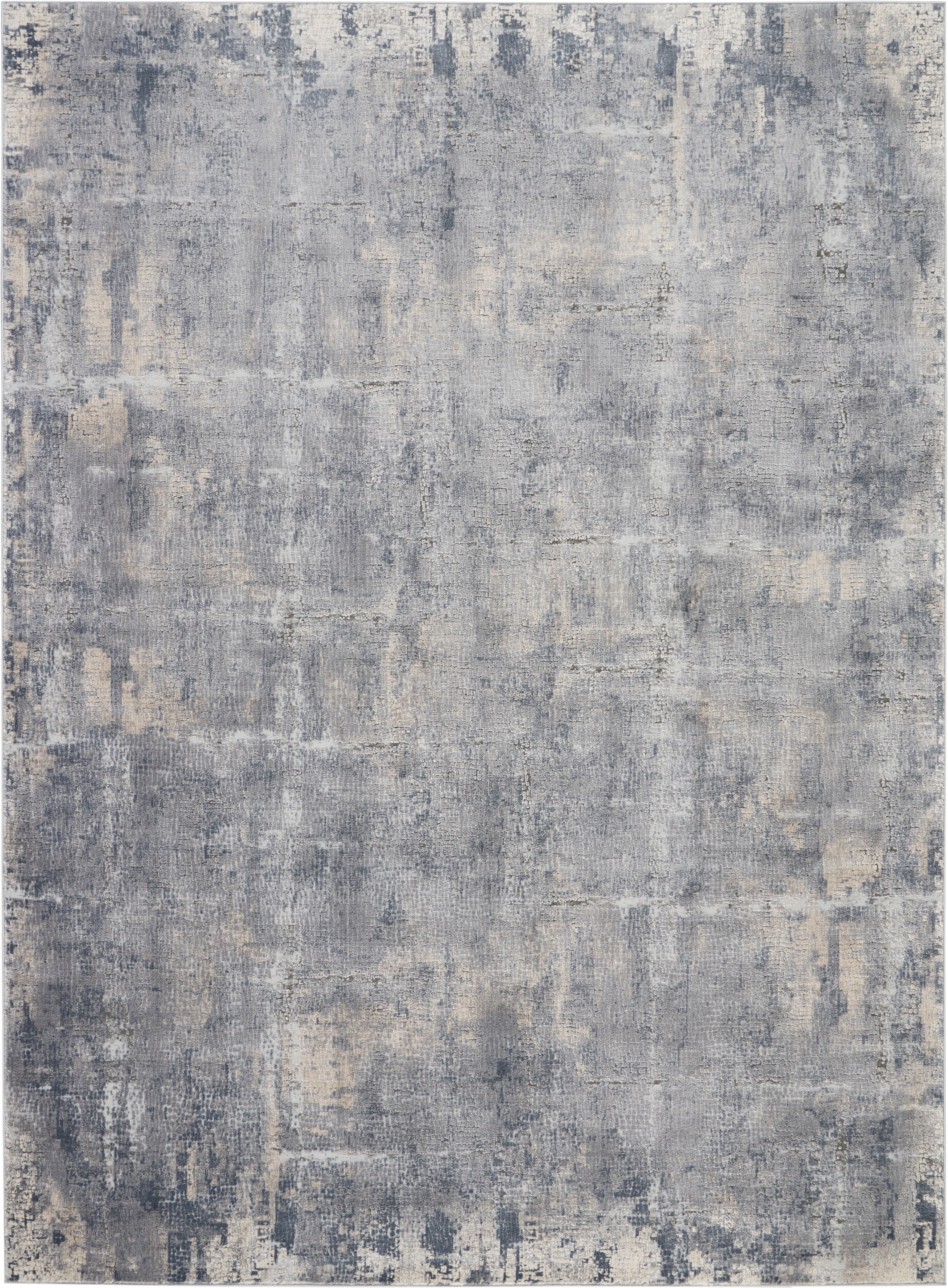


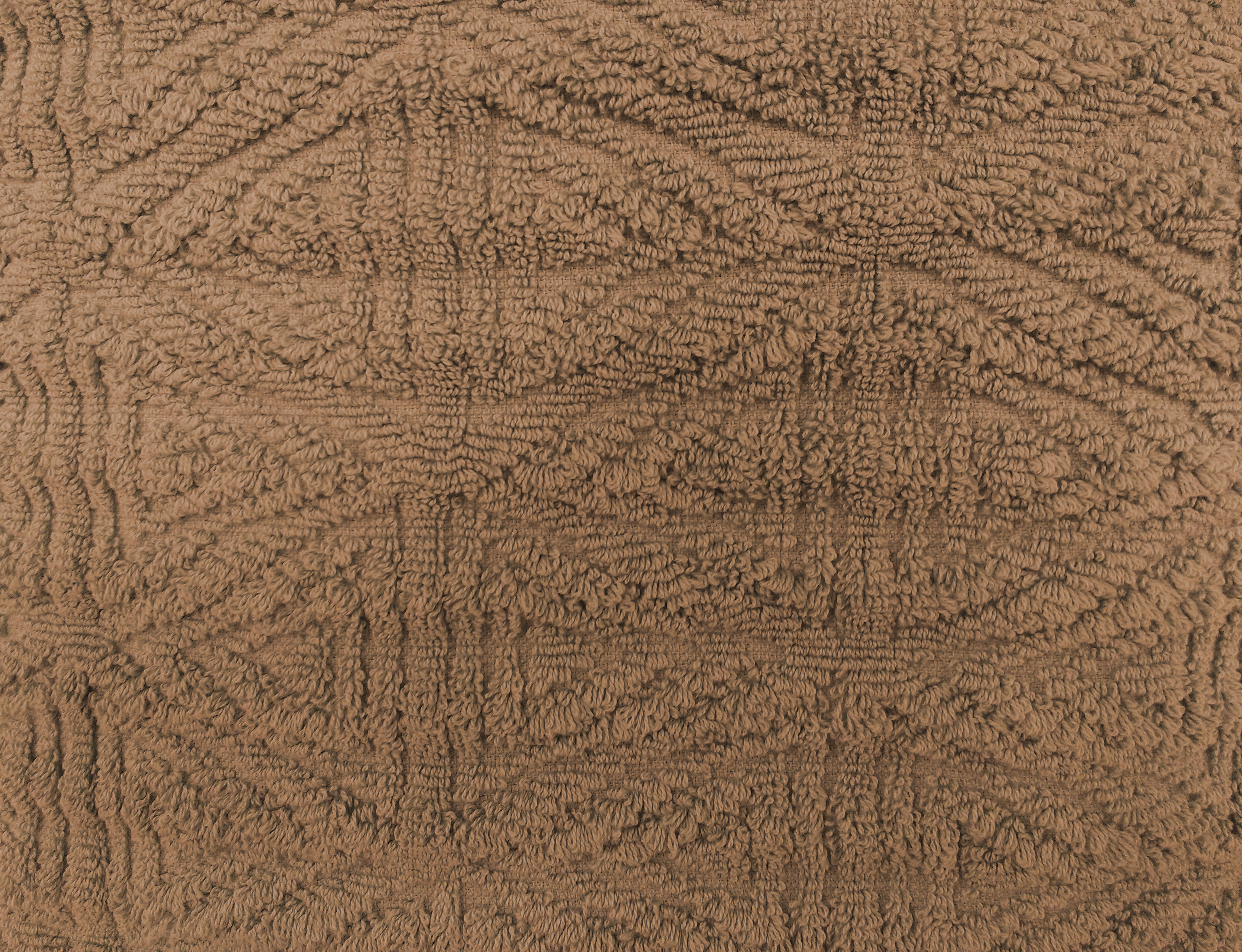


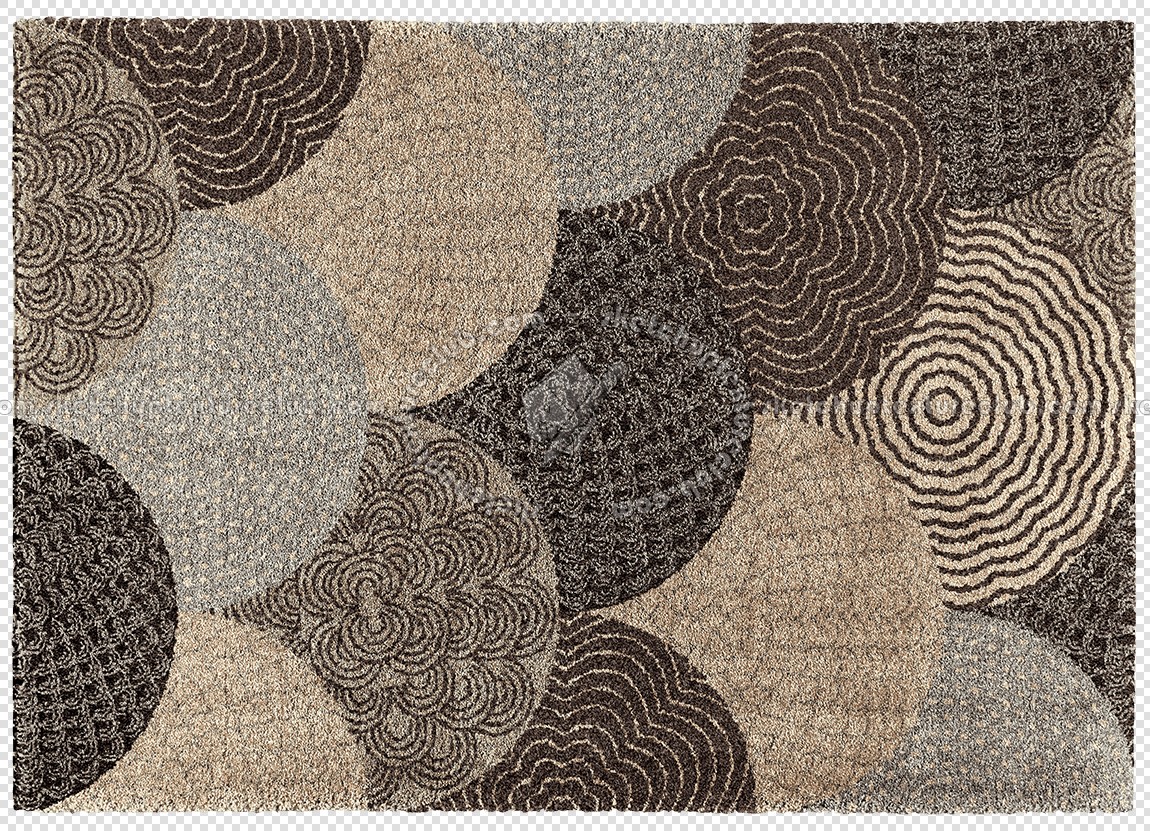

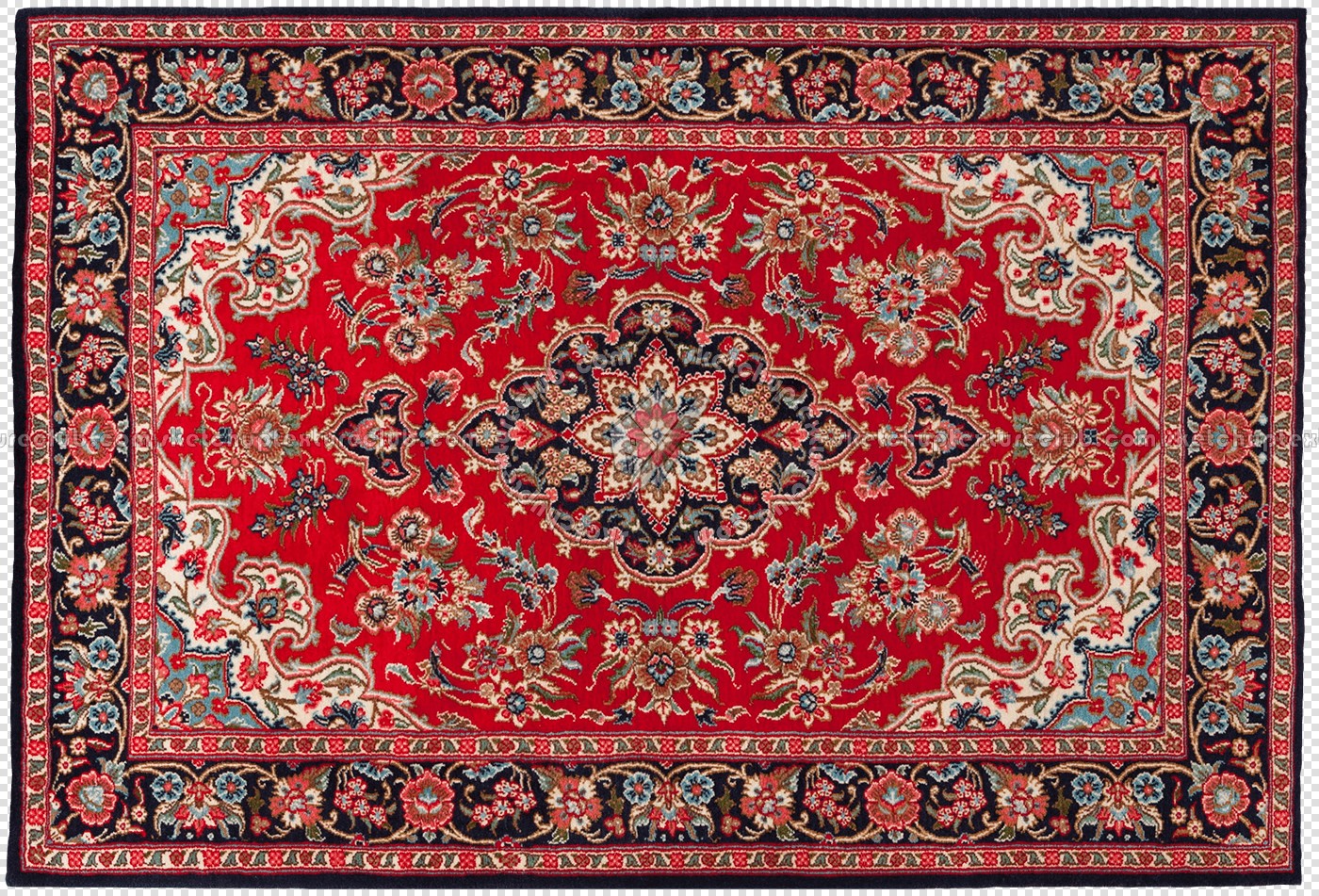
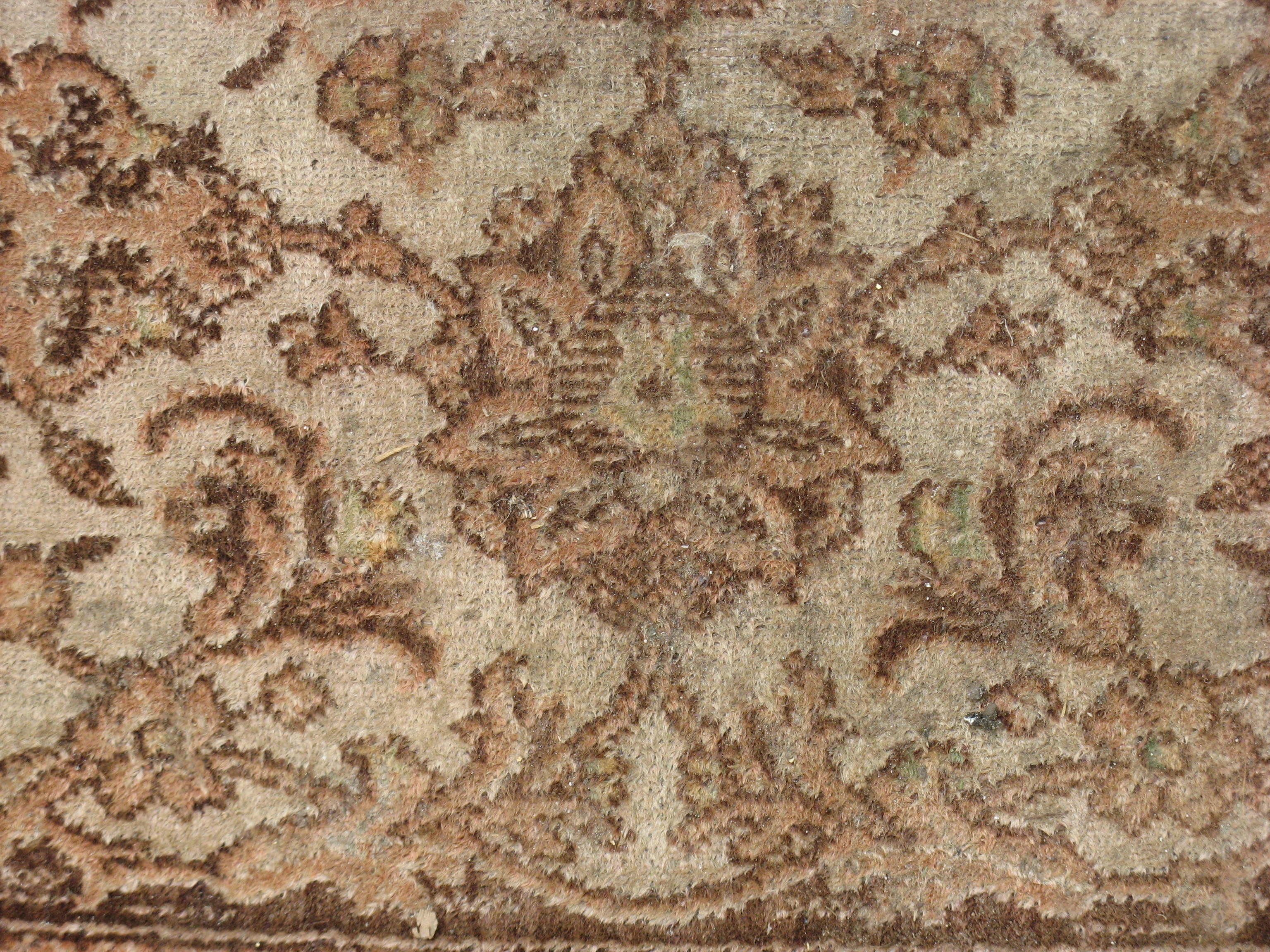



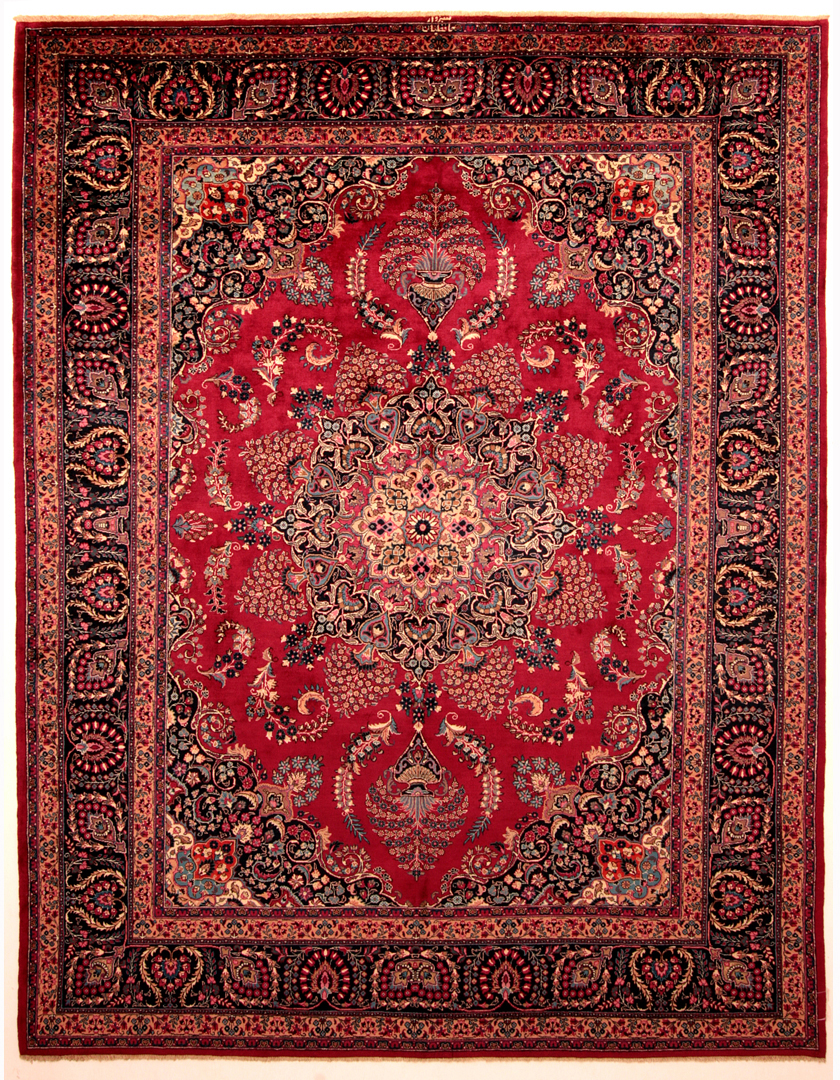
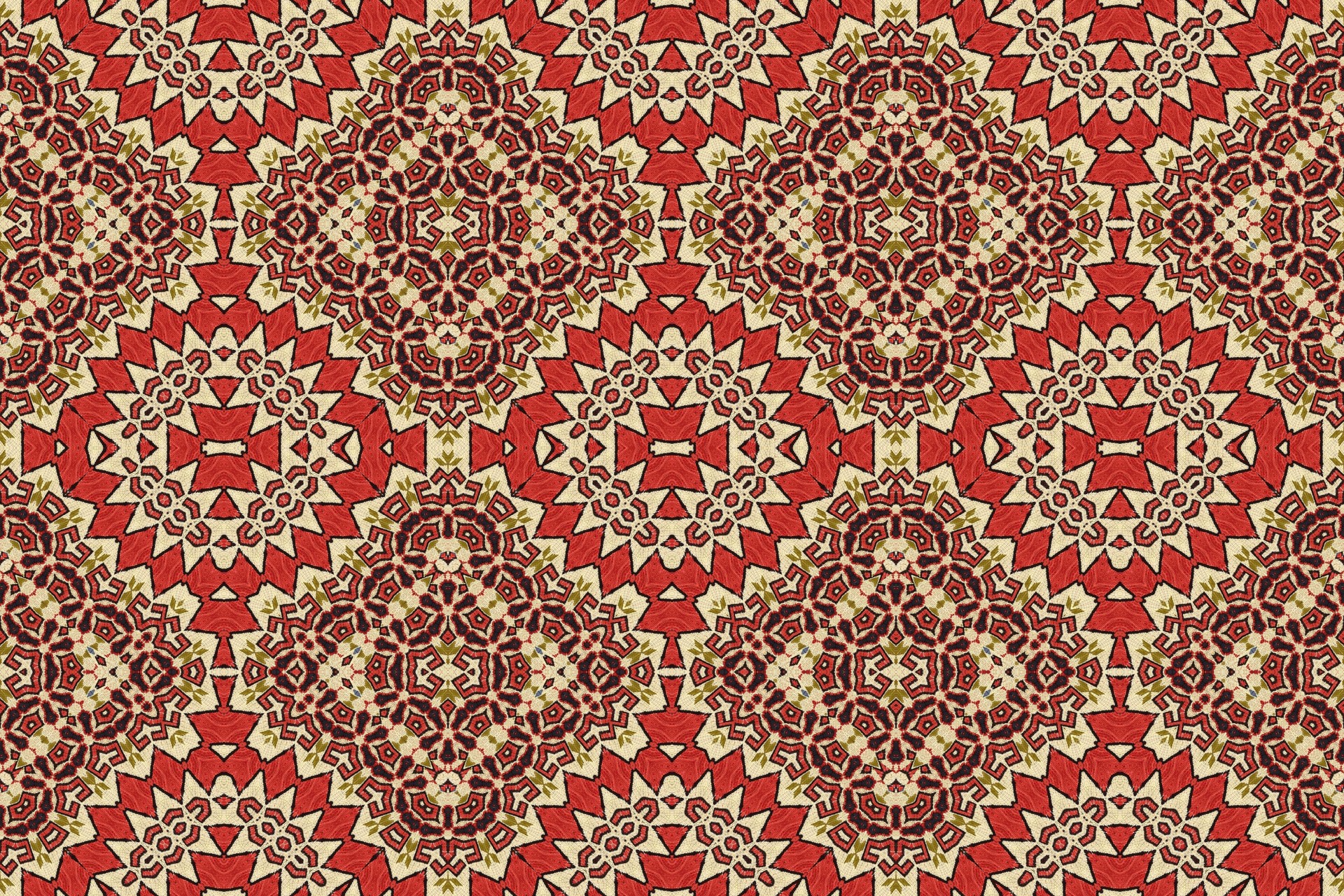
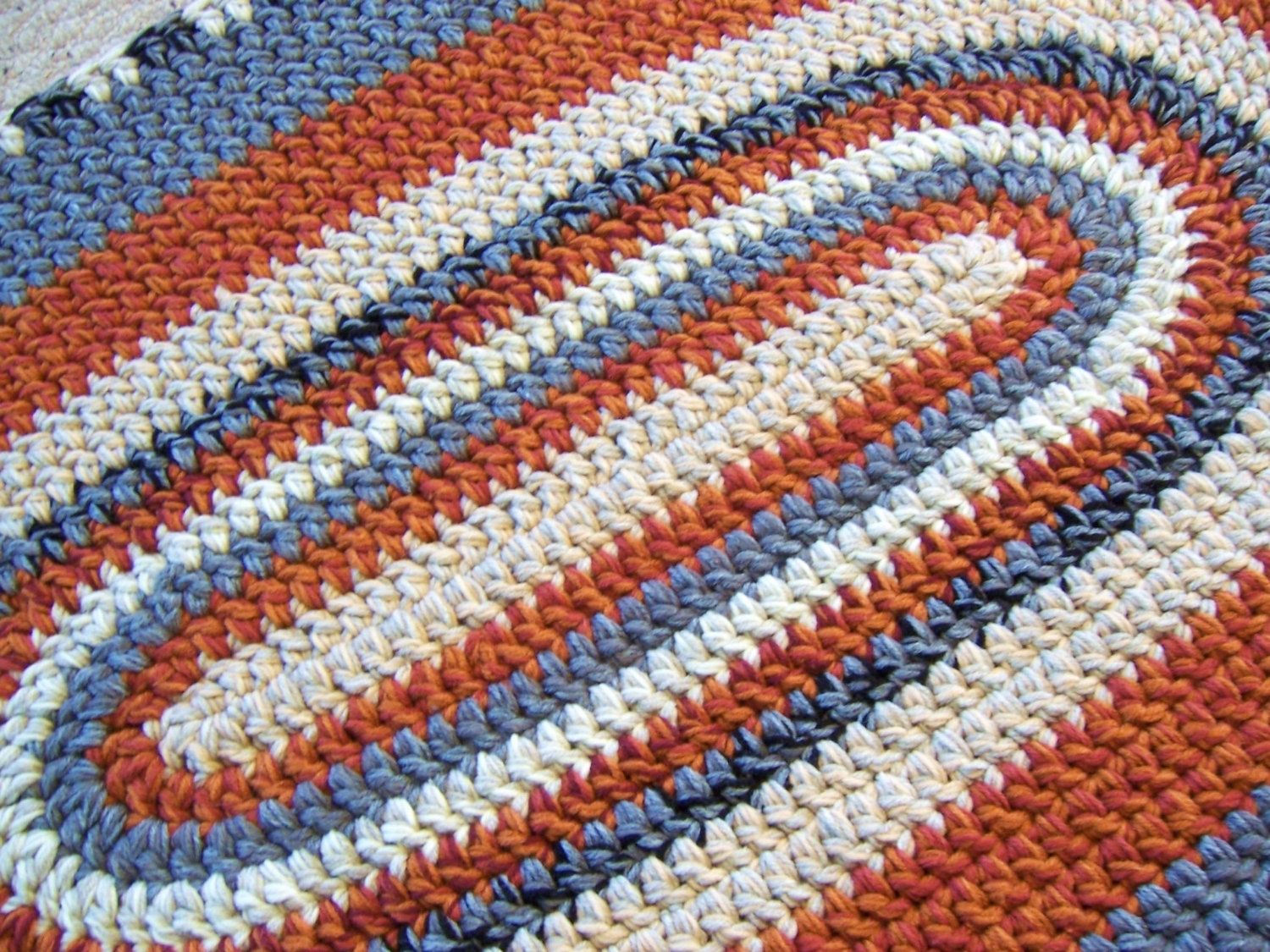
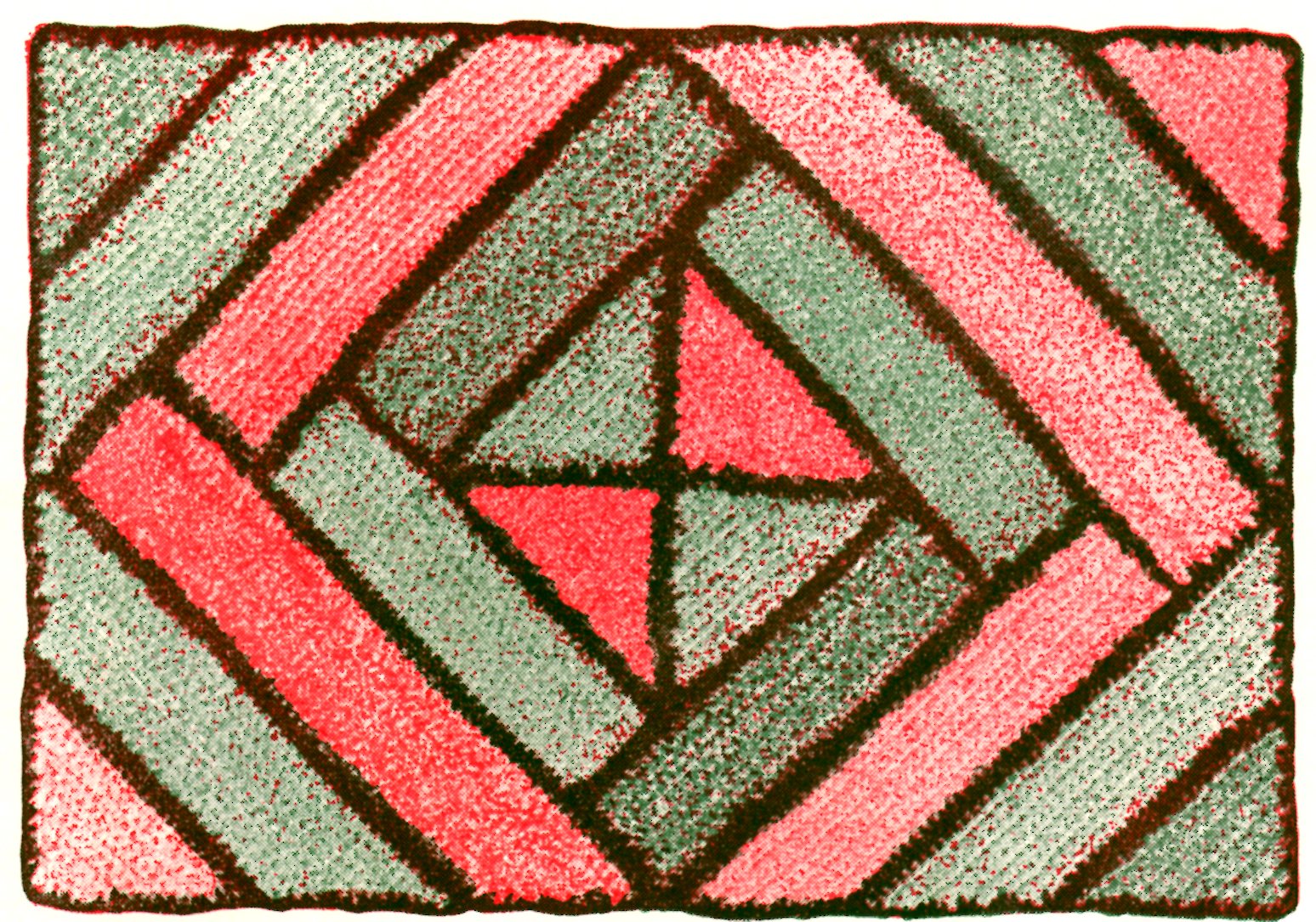

/colourful-crochet-rag-rugs-in-sunlight-539272509-f3943e9e37e8419ebf216e670d3eb775.jpg)
